After the Renault 5 E-Tech Electric and while we wait for the Renault Twingo, which will enter the A segment next year, 2025 will be marked by the Renault 4 E-Tech Electric. A car that harks back to its illustrious ancestor and aims to be comfortable, practical, and cool. We were able to try it out to reveal everything to you, from the best to the worst.
We were eagerly awaiting this Renault 4 E-Tech Electric, which we were able to discover at the Paris Motor Show last year. It must be said that its ancestor had really made an impression since its launch in 1961, and became the best-selling Renault in the world: 8,135,424 units sold on five continents and in more than one hundred countries during its career which extended from 1961 to 1992. And according to the French manufacturer, it is neither more nor less than the fourth best-selling vehicle of all time. A great legacy for its successor which interests us today.
Based on the same AmpR Small platform as the new Renault 5 E-tech electric, the Renault 4 E-Tech Electric is longer with a wheelbase increased to 2.62 m to improve space on board, and a raised ground clearance. However, with its 4.14 m, it is positioned between a Renault Clio and a Renault Captur, and remains sufficiently compact for urban use with a width of 1.80 m.
In terms of design, this all-new Renault 4 E-Tech electric has many nods to its ancestor. Starting with its neo-retro grille of course, which incorporates the two rounded headlights, and whose outline recalls the chrome joint of the Renault 4 of yesteryear. The manufacturer also plays with light by illuminating this outline without any black areas or interruptions, just like the Renault logo in the center of the grille.
The latter deserves a moment's attention if only for its unique design according to Renault. Indeed, this part is designed in a single block 1.45 m long that had to be created from A to Z to meet the requirements of durability, solidity and safety, particularly in the event of impacts with pedestrians. It also had to be repairable by offering the possibility of replacing only the damaged parts without having to change the entire grille, whether it is the polycarbonate glazing or one or two headlights.
The family resemblance of the Renault 4 E-Tech electric with the original model is also found in the hood with its horizontal appearance, and whose lines plunge on each side to the bottom of the grille to find a very vertical shape. Visually very successful, the front face is equipped with a hard plastic shield that you will not fear scratching unlike those that are painted, or even worse in lacquered plastic as is the current trend. Several design elements are present here and there, such as the customizable bumpers thanks to decorative accessories. Placed at each end of the front and rear bumpers, they refer to the hooks that held the bumpers of the old Renault 4.
From the side, we notice three strips that are sculpted into the bodywork of the doors. Here again, this is a modern reminder of the plastic protections of the Renault 4 GTL.
Still from the side, going towards the rear, we notice that Renault has also kept the iconic quarter window.
Looking at it from a three-quarter rear view, the Renault 4 E-Tech electric looks a bit like a Fiat 600 with its lights that take on the famous three-part vertical capsule shape.
Furthermore, the tailgate retains very straight lines and descends very low onto the rear bumper. Note that it can be motorized depending on the trim level, and that the driver can open and close it directly from the passenger compartment thanks to a dedicated physical button (for once) located at the bottom left of the steering wheel.
Furthermore, while the Renault 4 E-Tech electric peaks at 18.1 cm, or 1.2 cm more than the Renault Captur, it offers a surprisingly low loading threshold: only 61 cm, or 10 cm lower on average, than the competition. As you can see in the photo below, you could almost use the trunk of the car as a seat.
Renault 4 E-Tech electric, also more practical than its ancestor?
Regarding the car's loading sill, it gives access to a 420-liter trunk, almost 100 liters more than on the Renault 5 E-Tech electric. 44 liters are dedicated to the storage space under the floor. The latter allows you to store the AC charging cable and has two separate openings to use depending on the filling. Not stupid and ultimately quite practical.
The manufacturer also offers another trick with a tray adapted to the entire width, which can be easily transported and even washed if necessary. However, be aware that this space is occupied if you choose the optional Harman Kardon audio system. In this case, you will have to store the charging cable in the trunk, as the Renault 4 E-Tech electric does not have a Frunk.
Renault nevertheless offers other nice tricks like the small side spaces designed to accommodate small accessories, and even an elastic band on each side of the trunk to hold objects in place in addition to the four tie-down hooks.
In short, everything is pretty well thought out, and the Renault 4 E-Tech electric is almost a mover. Indeed, the folding rear seat and the folding of the front passenger seat into a table allow you to load objects up to 2.20 meters. No more big solid moment in the Ikea parking lot when loading the box for your Billy shelf.
During its presentation, Renault emphasized the comfort and practical aspects of the Renault 4 E-Tech electric compared to its cousin, the Renault 5 E-Tech electric. Longer as mentioned above, it can accommodate up to five people in a rather plush atmosphere with the design of the seats which refer to the cladding of the roof lining.
8 cm longer than the new Renault 5 E-Tech electric, the car has a wheelbase of 2.62 m. From then on, the second row finally becomes welcoming with a knee radius of 16.4 cm. This is the same as in a Captur with the rear seat slightly moved back, and especially without a transmission tunnel at the level of the central seat. Added to this is a headroom of 85.3 cm, which is rather rare in the B segment and again similar to that of Captur. For anyone who has taken a seat in the Renault 5 E-Tech electric, the contrast is therefore striking.
Similarly, there is no shortage of storage space, with a pocket on the back of each front seat, which adds a small additional pocket that can hold a smartphone.
In addition to the storage spaces in the door panels, which are covered in fabric, the Renault 4 E-Tech electric has a hollow storage space at the back of the console, into which you can slip a bottle, for example. In addition, two USB Type C ports are integrated into the rear of the center console, which also has a small storage space in the armrest.
Regarding USB ports, two more are present at the front, still Type C. They are accompanied by a wireless charging base and a 12 V socket.
We remain at the front of the Renault 4 E-Tech electric, which is keen to distinguish itself through its functionality. Even if some choices are not unanimous as we will see. Let's start with the presentation which is exclusive to the Renault 4 E-Tech electric, in particular at the level of the seats whose fabric is made of recycled fibers from plastic bottles on the Techno and Iconic finishes.
On the other hand, the entire dashboard as well as the infotainment system were taken directly from the Renault 5 E-Tech electric. We therefore refer you to our test of the latter concerning this part.
A word all the same on the reversing camera which surprised us, but not in a good way. Indeed, while the touch screen of the infotainment system displays a relatively high brightness and definition, the sensor dedicated to this functionality is not at all of the same level. As we can see in the photo below, Renault did not bother with a poor quality component, which displays a really crude image. So, of course, we can be satisfied with it, but it's clearly disappointing on an electric car in 2025. Another feature that offers the bare minimum, the standard audio system quickly saturates and makes the plastic elements of the car vibrate.
Moreover, if the car is modern in its presentation, the cabin of the Renault 4 E-Tech electric does not bother to hide the hard plastics. It must be said that they are absolutely everywhere, including on the upper parts. Some elements survive, such as the fabric-covered door panels, or the door armrests, which are covered in imitation leather, as is the dashboard in front of the front passenger, with additional stitching.
On the other hand, the backlit Renault 4 logo above the glove compartment is very attractive, with its color varying depending on the driving mode selected. Classy.
Very pleasant to hold, the steering wheel is equipped with buttons that are practical to use blindly. They allow you to activate level 2 autonomous driving, adjust the cruise control and the distance to the vehicle in front, or even change the display of the digital instrumentation behind the steering wheel.
For its part, the Multi Sense button is reminiscent of the ignition button in sports cars, except that it allows you to change the driving modes without using the infotainment system's touchscreen.
Like all recent cars, electric or not, the Renault 4 E-Tech electric is equipped with a speed limit warning system. The French manufacturer offers an original solution to get rid of this with My Safety Perso. This feature allows the driver to choose the driving aids of their choice and activate them or not by pressing a physical button, which is located at the bottom left of the steering wheel. This is also where the control for the motorized tailgate is located. One press opens it and a long press closes it. Of course, another button is also available on the tailgate. The latter can also be opened hands-free, simply by moving your foot in front of a sensor located under the rear bumper.
It may be a detail, but the Renault 5 E-Tech electric was criticized for the lack of a grab handle. The French manufacturer received this message and has not forgotten it on board the Renault 4 E-Tech electric. On the other hand, the rear windows do not open completely, adding to the feeling of being cramped inside the car. We can't wait to try out the Plein Sud version with its canvas sunroof.
Furthermore, the steering wheel has two paddles on each side, which will allow us to adjust the power of the braking energy recovery on three levels, or to activate one-pedal driving, a first for Renault. We'll come back to this later.
The right-hand side behind the steering wheel is relatively cluttered. It must be said that it houses no fewer than three switches and other satellites. From bottom to top, the now traditional satellite of the audio system inherited from other Renault models, the windshield wiper control and finally the one dedicated to the gearbox. It's not uncommon to get confused between the latter two from time to time, but you should get used to it in the long run.
More surprisingly, Renault has chosen to remove the P (parking) mode from the gearbox control. According to the manufacturer, this is to simplify the user's life, as this feature is automatically activated with the dedicated parking button, which is located on the center console. We would have preferred a Tesla-style system by removing the start button, which no longer really makes sense on an electric car.
Two engines and two battery capacities for the Renault 4 E-Tech electric
The Renault 4 E-Tech electric is available in three trim levels, which we'll see a little later, but also in two wound-rotor synchronous engines, each associated with a different battery capacity. The Urban Autonomy version is equipped with a block that develops 120 hp (90 kW) compared to 150 hp (110 kW) for the Comfort Autonomy.
The first announces a WLTP range of 308 km on a full charge thanks to its 40 kWh battery, while the second promises 409 km WLTP with its 52 kWh battery.
On the charging side, the Renault 4 E-Tech electric does the same as its R5 cousin with an onboard 11 kW alternating current (AC) charger. A choice dictated by the network, size and price according to Renault managers. It's a shame when you consider that the Zoé and the Twingo ZE benefited from a 22 kW AC charger. In any case, going from 10 to 100% battery on an 11 kW Wallbox will take 3.5 hours on the Renault 4 E-Tech electric Urban Range of 40 kWh, and an hour more on the Comfort Range of 52 kWh.
On the other hand, there is good news for those who already have or plan to install a compatible box at home. The Renault 4 E-Tech electric is equipped as standard with a bidirectional V2G (vehicle to grid) charger, which allows the energy stored in the battery to be reinjected to power your home. This also supports V2L (vehicle to load) which, with an optional adapter, allows you to power any 220V electrical device.
On the fast charging side, our Renault 4 E-Tech electric accepts up to 100 kW on a direct current (DC) terminal. Enough to go from 15% to 80% battery in 30 minutes when all conditions are met. Note that this duration is the same for the Urban Autonomy version whose small 40 kWh battery is associated with a DC charging power of 80 kW. By the way, you will have noticed that the battery charge level indicator located on the upper part of the hood of the R5 is not current on the Renault 4 E-Tech electric.
At the wheel of the Renault 4 E-Tech electric
During the presentation of the car, Renault emphasized the driving pleasure, but also the additional comfort compared to the Renault 5 E-Tech electric. However, like the latter, the Renault 4 E-Tech electric has a weight of more than 1.4 tons, which is not insignificant for a city car. Rest assured, as is often the case with electric vehicles, this is not felt at all.
Perfectly at home in the city, the Renault 4 E-Tech electric benefits from an excellent turning radius and welcome agility. On the other hand, the rear window is particularly narrow. Furthermore, a slight latency can be felt when starting off. This does not mean that the car drags along, with a respectable 0 to 100 km/h in 8.2 seconds (9.2 seconds for the Urban Range version). However, the very progressive acceleration can be surprising for an electric car of this size. Fortunately, the acceleration is particularly effective, and overtaking is easy at the wheel of this Renault 4 E-Tech electric, which displays a temperament that is clearly nothing like its ancestor.
In terms of comfort, despite the 18-inch wheels as standard, as on the R5, the Renault 4 E-Tech electric is less stiff. The manufacturer told us that it has reworked the suspensions, notably by adopting a different spring technology. We won't know more, but the car does offer better filtering of road imperfections. This also results in slightly less dynamic handling, but the very direct steering still makes it easy to take turns and have fun behind the wheel without worrying about the weight.
Another change compared to the Renault 5 E-Tech electric, one-pedal driving is finally making its appearance at Renault (it should be deployed on its cousin later). Very practical in the city, it is activated with the paddle located to the left of the steering wheel and allows the vehicle to be slowed to a complete stop. If necessary, the driver can also activate brake energy recovery with three power levels, or deactivate it completely via the right paddle this time. A feature reminiscent of Mercedes' first electric models, particularly the Mercedes EQC.
Furthermore, the Renault 4 E-Tech electric is equipped with a driving aid that we wouldn't expect to find in this segment. It has an automatic parking function that even the most experienced car enthusiasts dream of. This is activated via the touchscreen, which already requires some manipulation.
Then you have to select the type of parking space (herringbone, longitudinal, or perpendicular) and drive slowly until the system detects a free space. This is where the problems start. During our test, the Renault 4 E-Tech electric sometimes offered to park us in sometimes surprising places, like the painted area in front of the door to the right of the other R4!
After several attempts, we were finally able to park correctly, or almost correctly. While the driver must manage the accelerator and braking, the system maintains control of the steering. And as you can see below, the result leaves something to be desired. In short, we could go on for hours with examples that are more incredible than the others. Let's just say that this automatic parking function still needs work.
On the highway, the Renault 4 E-Tech electric can rely on level 2 autonomous driving (a €1,000 option except on the Iconic trims which are equipped as standard), which is activated via one of the buttons on the steering wheel. Wind noise is not avoided from 100 km/h, but it is localized at the rearview mirrors, and sometimes the roof bars. But it is the battery that will be the main concern on the highway, with a range that we estimate at 200 km before needing to recharge. We recorded 12.5 kWh/100 km on average on a mainly suburban route with a maximum speed of 90 km/h. It remains to be seen in "real" life, and especially in winter where long journeys may be problematic, but not impossible, at the wheel of the Renault 4 E-Tech electric.
Finishes and prices of the Renault 4 E-Tech electric
Assembled in France in Maubeuge, the Renault 4 E-Tech electric is eligible for the ecological bonus of €2,000 to €4,000 depending on household income. Prices start from €29,990 with a range structure as follows:
- Evolution Urban Autonomy version (€29,990) with standard equipment that includes the openR system with smartphone replication, reversing camera, automatic air conditioning with heat pump and the bidirectional charger compatible with V2L and V2G. Expect to pay €33,490 for this same trim level with the 150 hp engine and the large 52 kWh battery (Autonomie Confort).
- The Techno version in Autonomie Confort starts from €35,490. Standard equipment includes that of the lower level and adds openR Link infotainment with integrated Google services, Google route planner, a folding passenger seat and one-pedal driving.
- Finally, the Iconic Autonomie Confort represents the top of the range starting from €37,490. A high price that is justified by the addition of level 2 autonomous driving, automatic parking, however perfectible it may be, the heated front seat and steering wheel, the motorized tailgate and the adapter for V2L bidirectional charging.

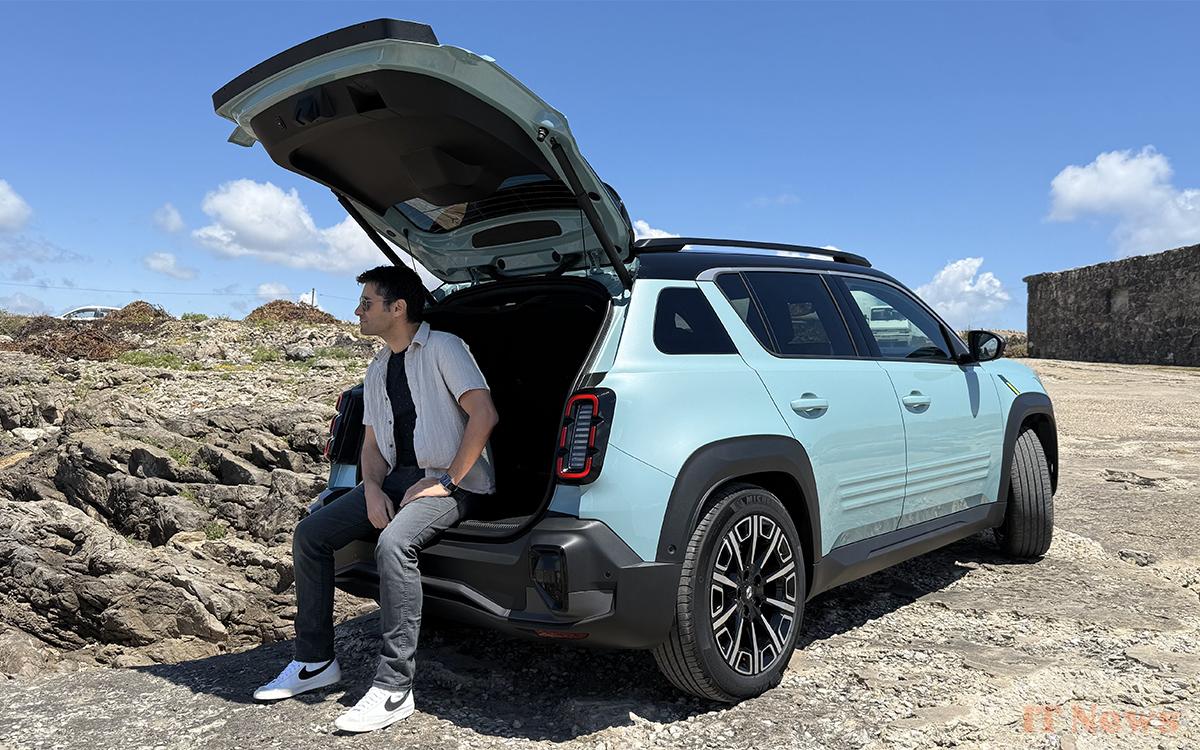
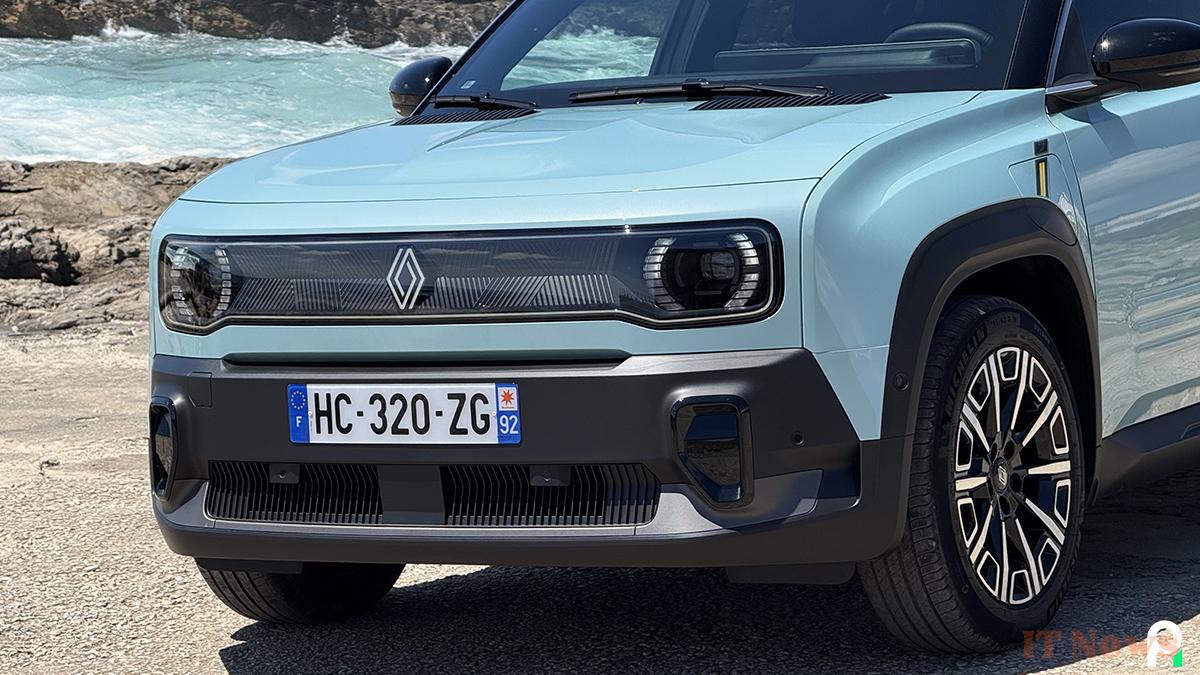
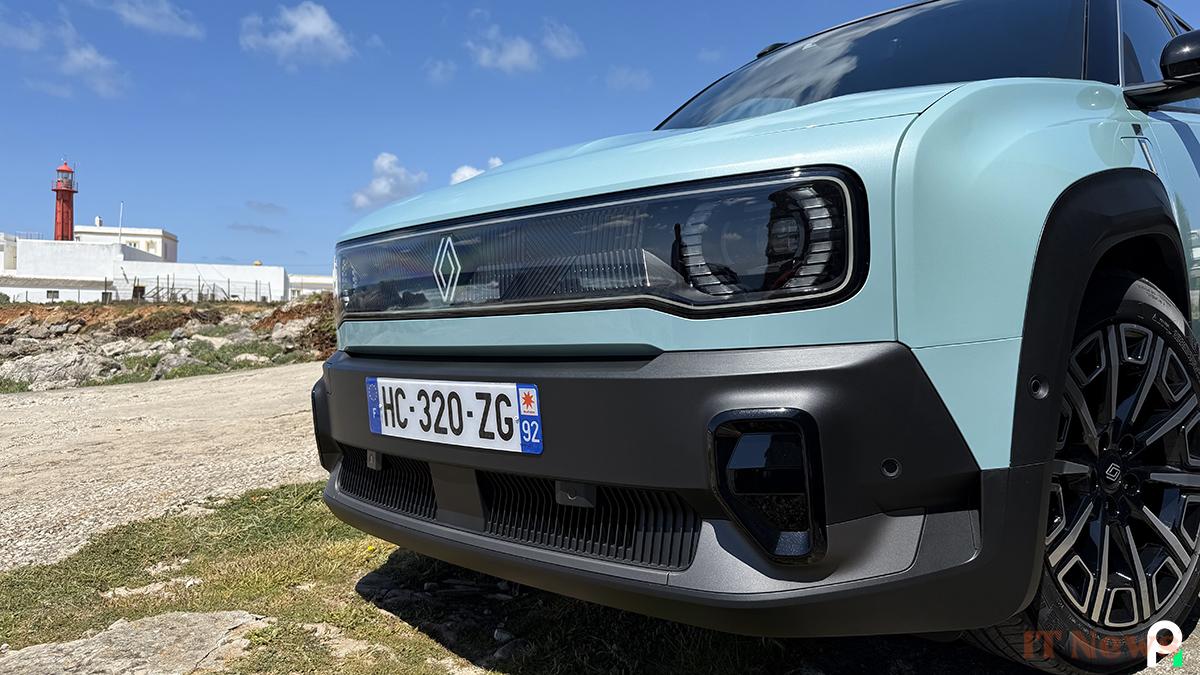
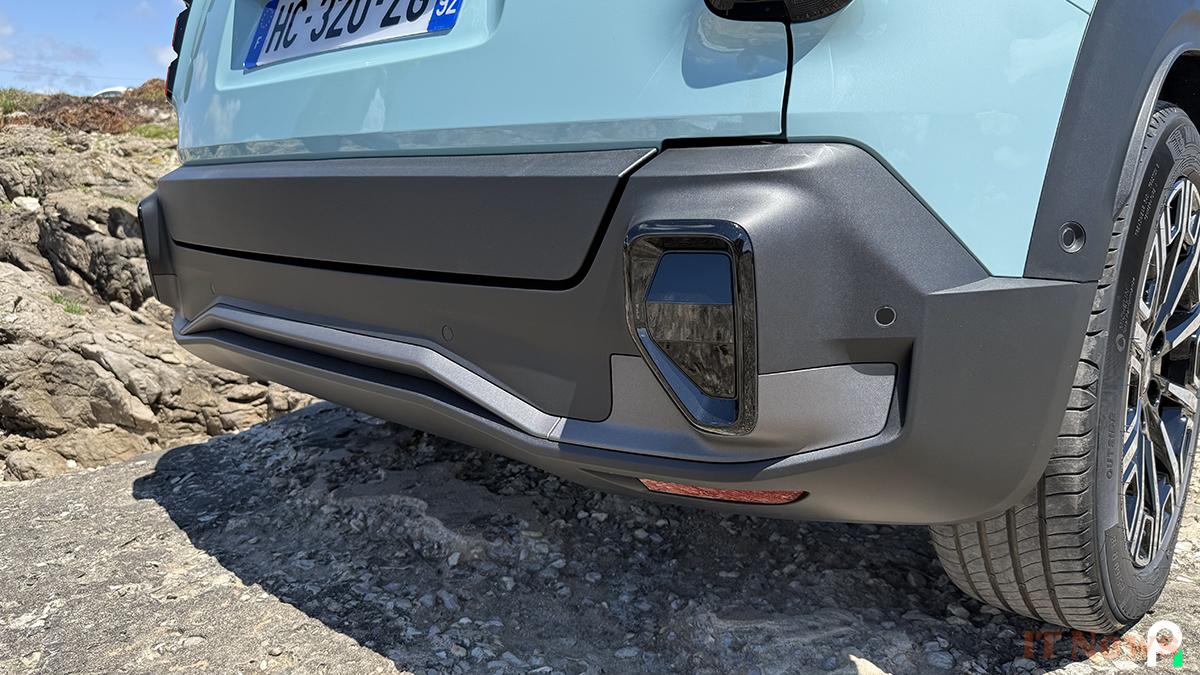
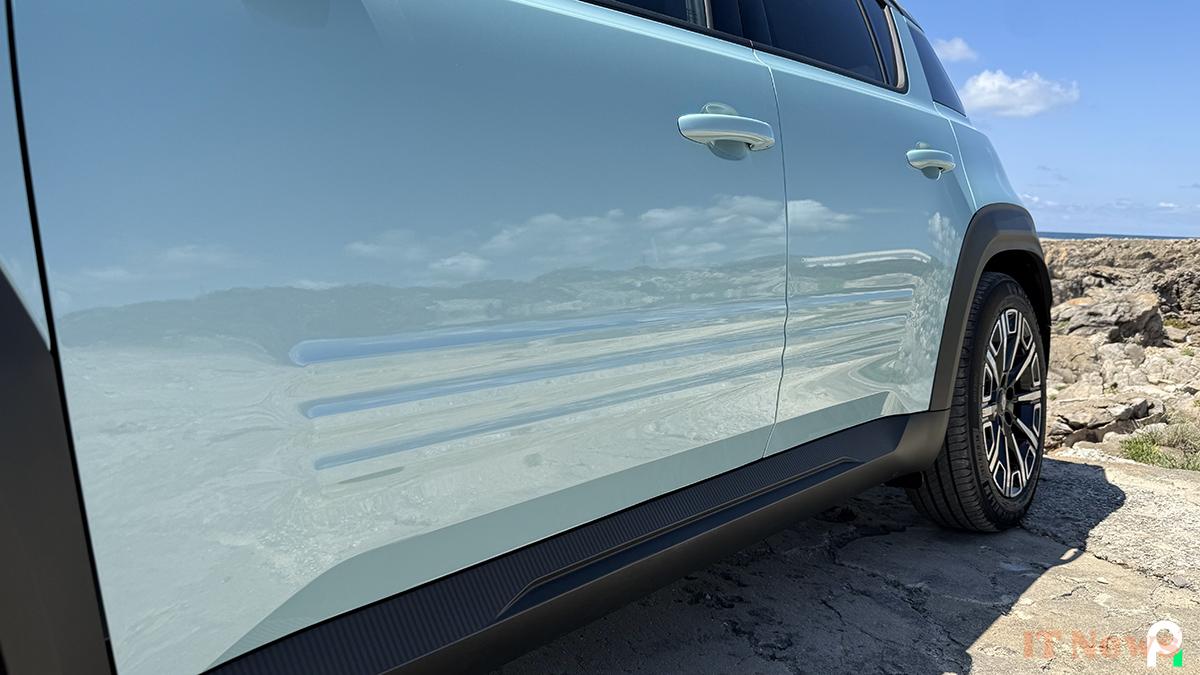
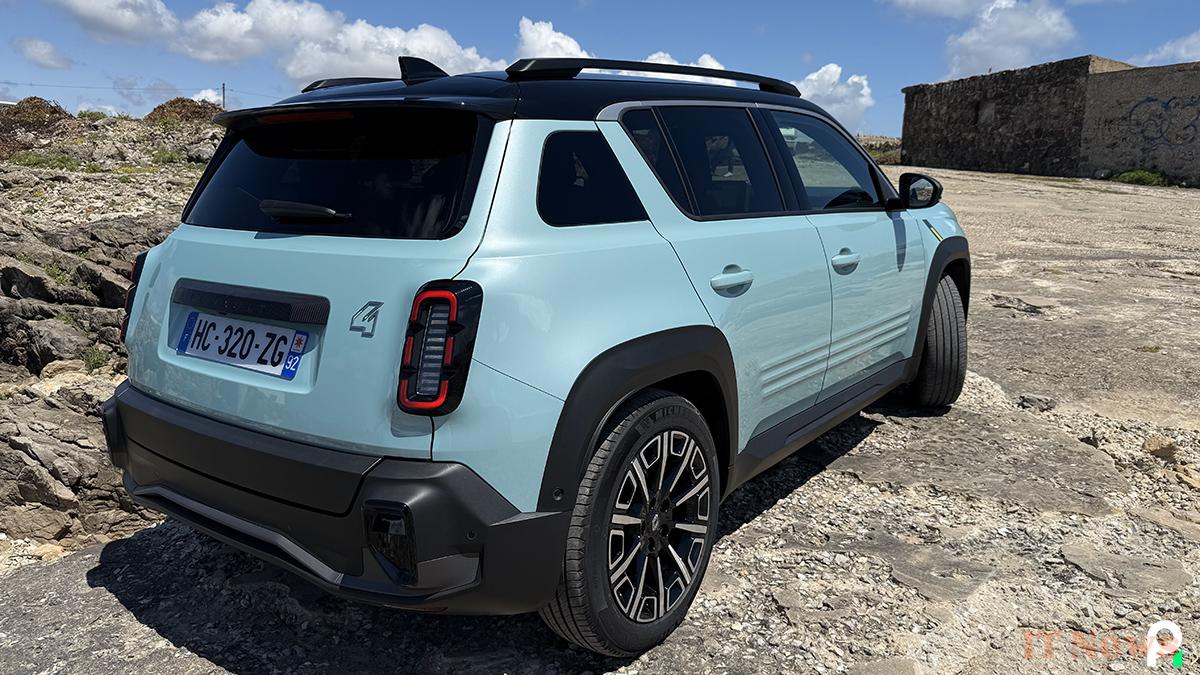
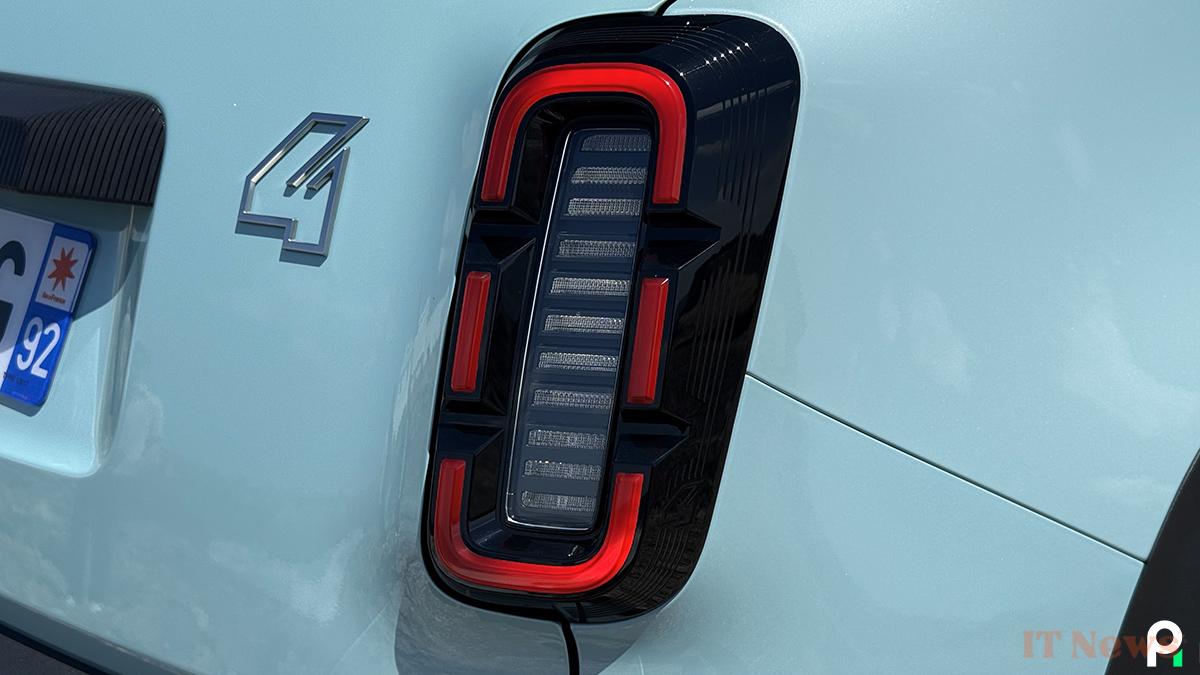
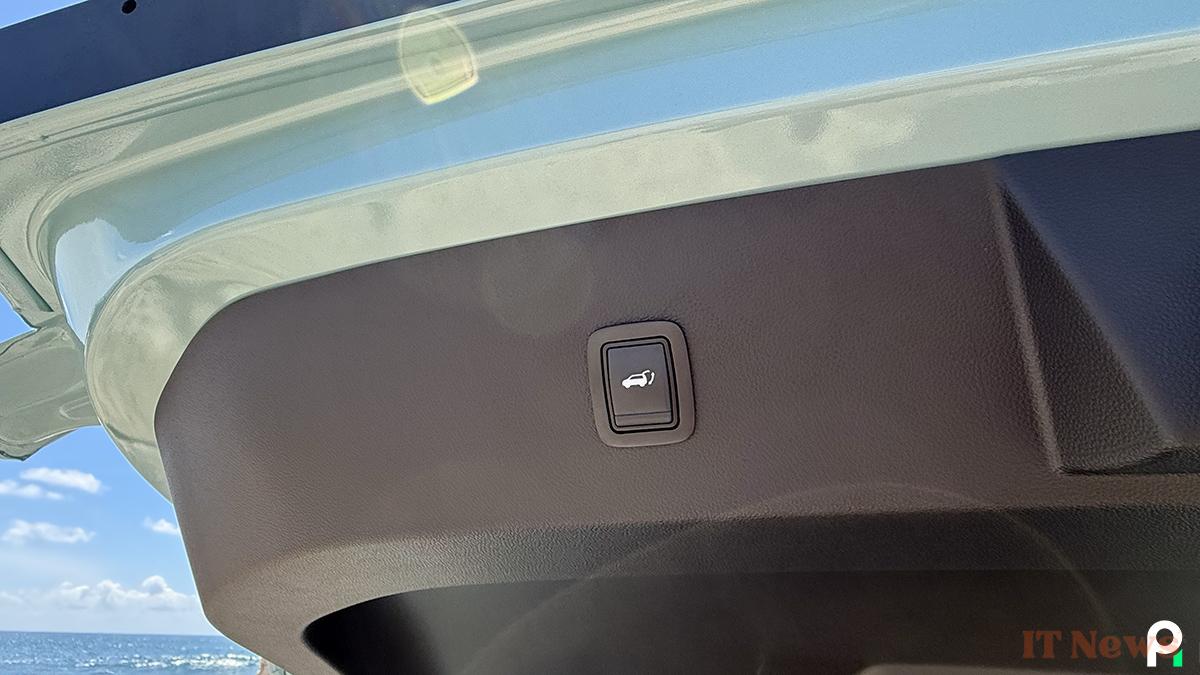
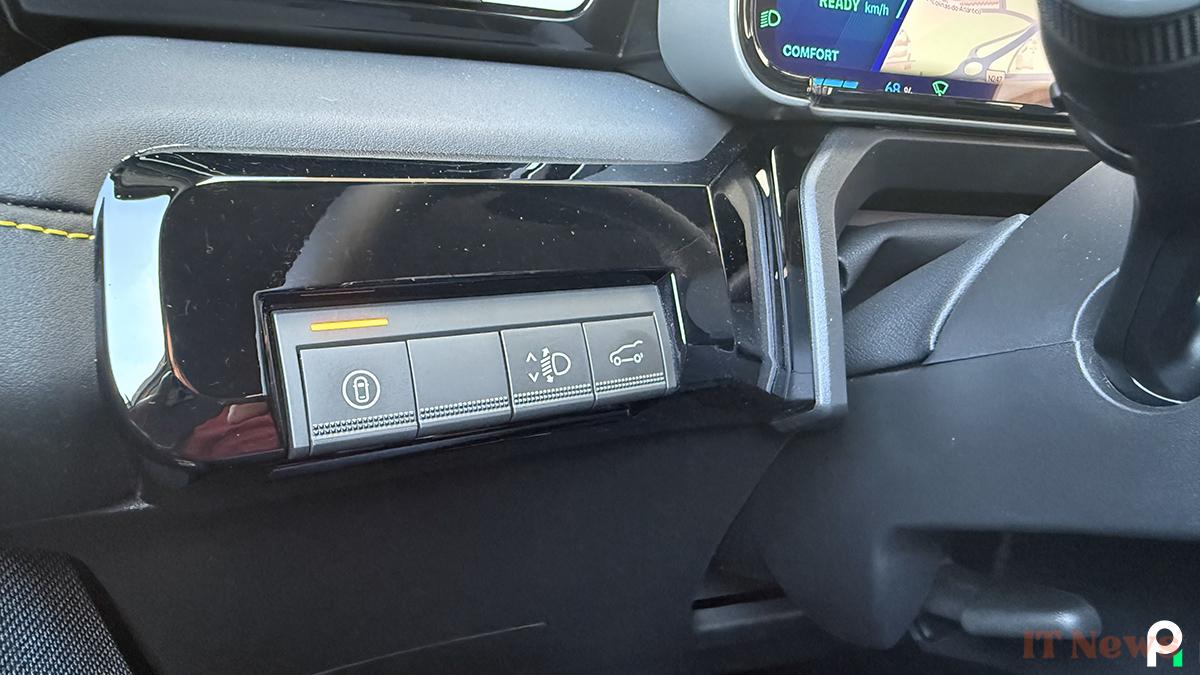
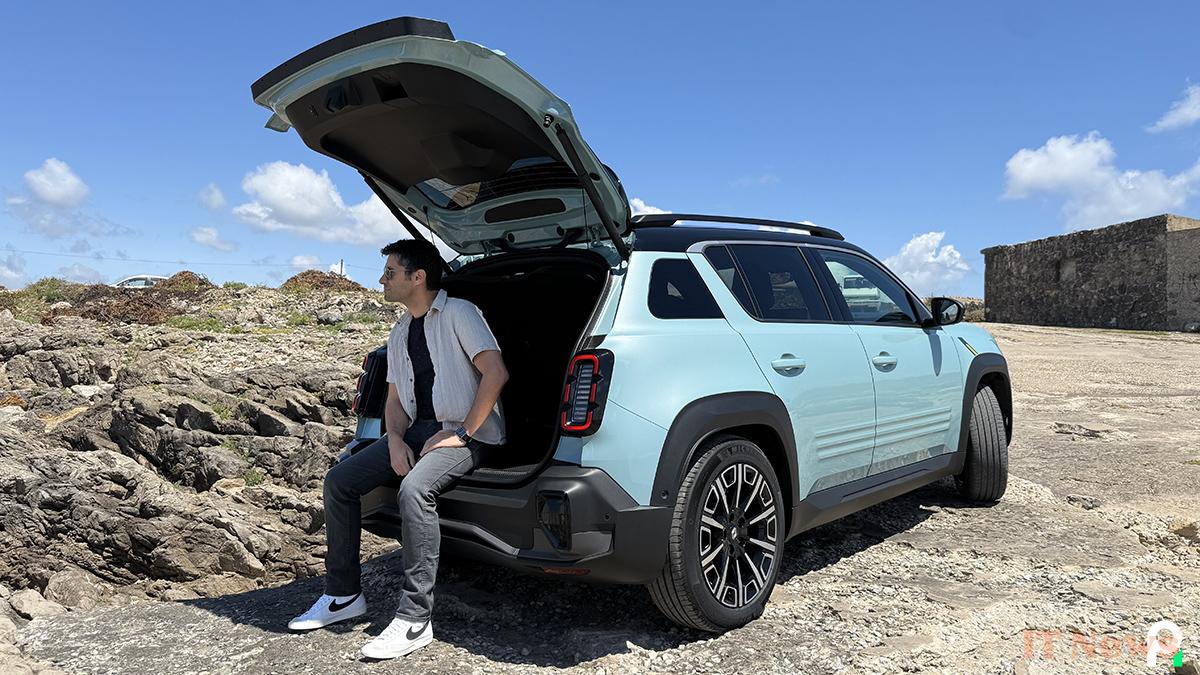
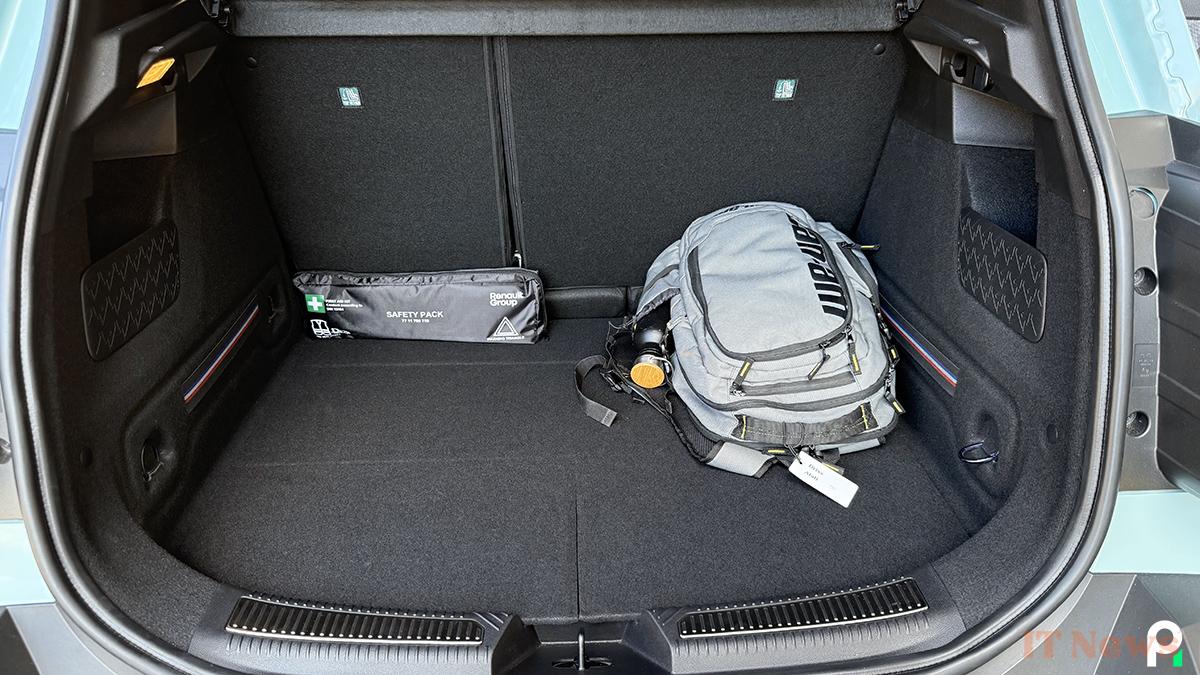
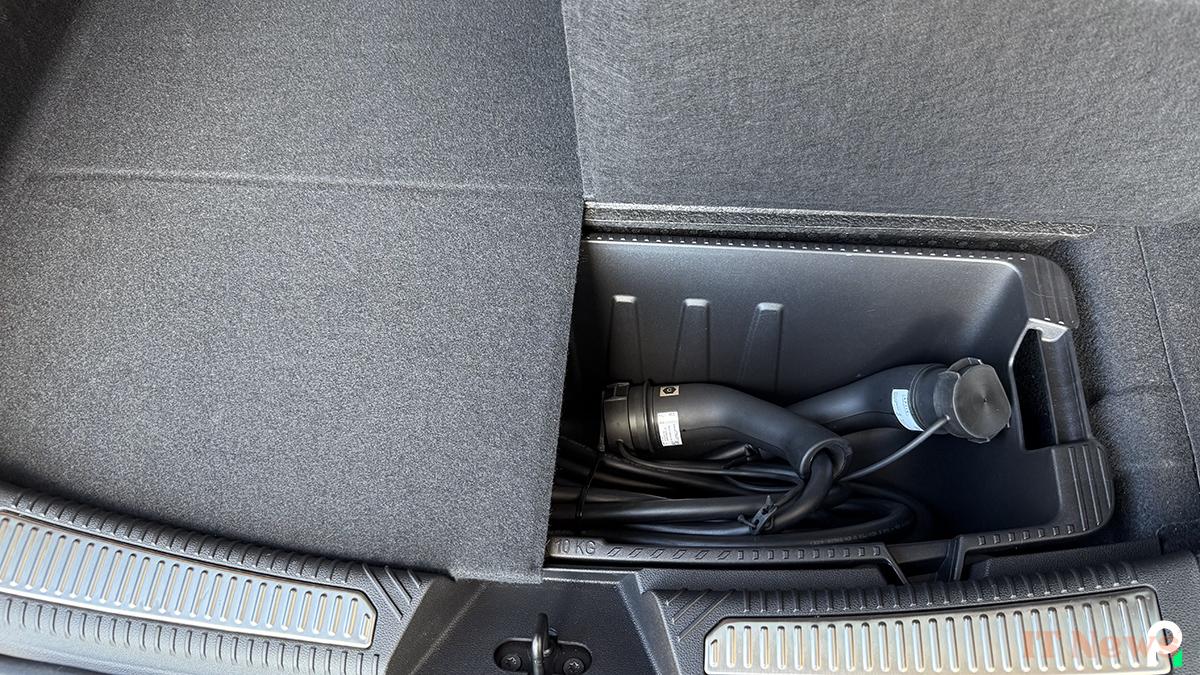
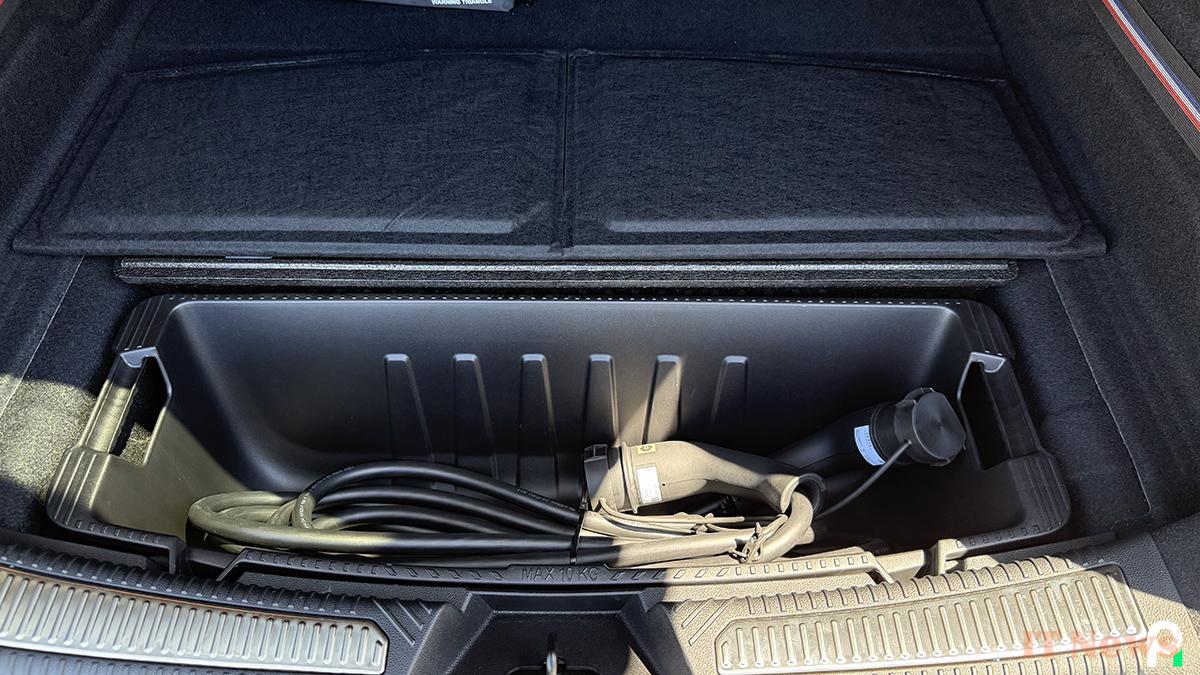
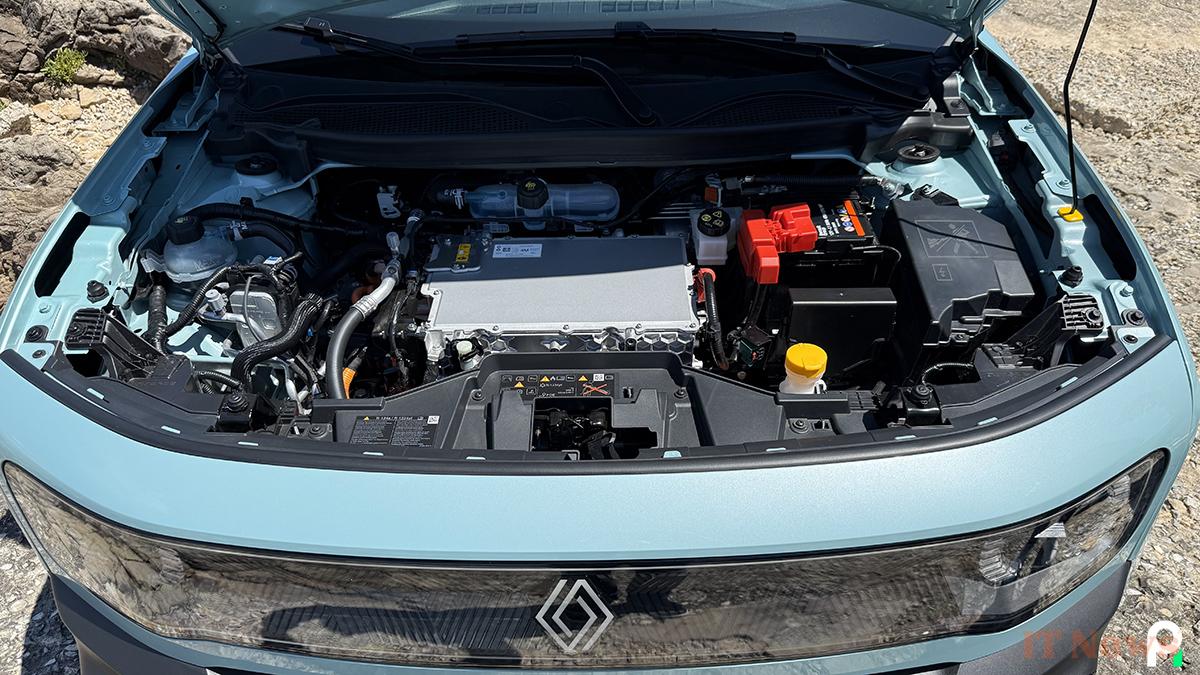
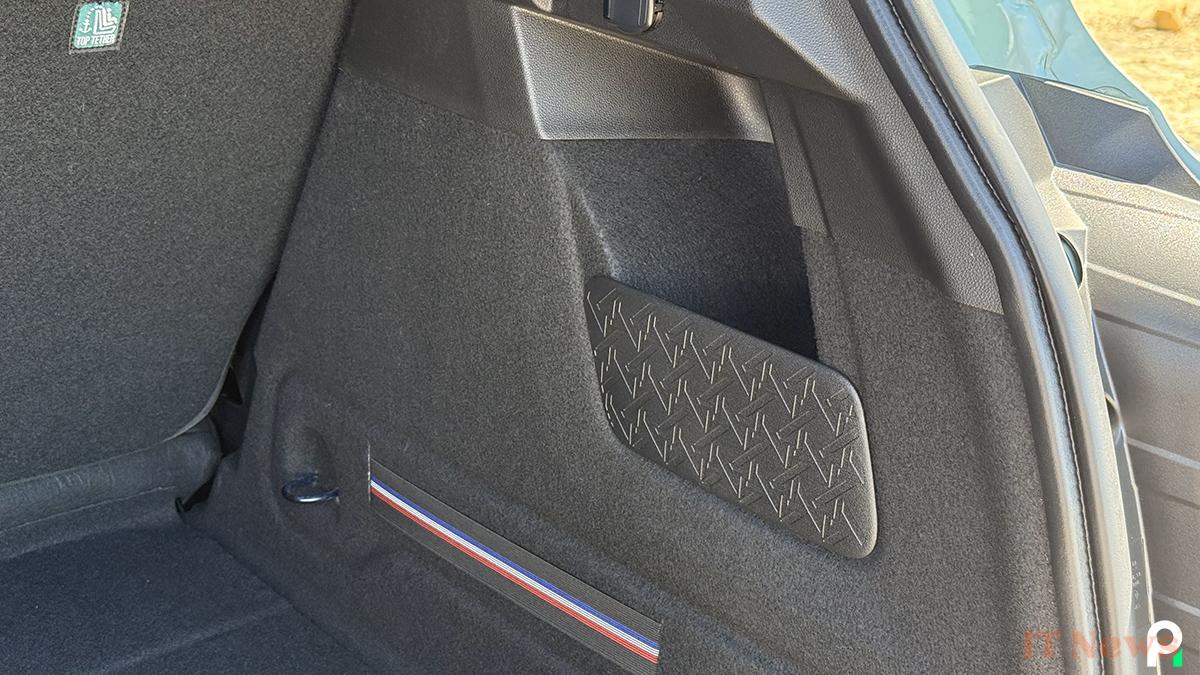
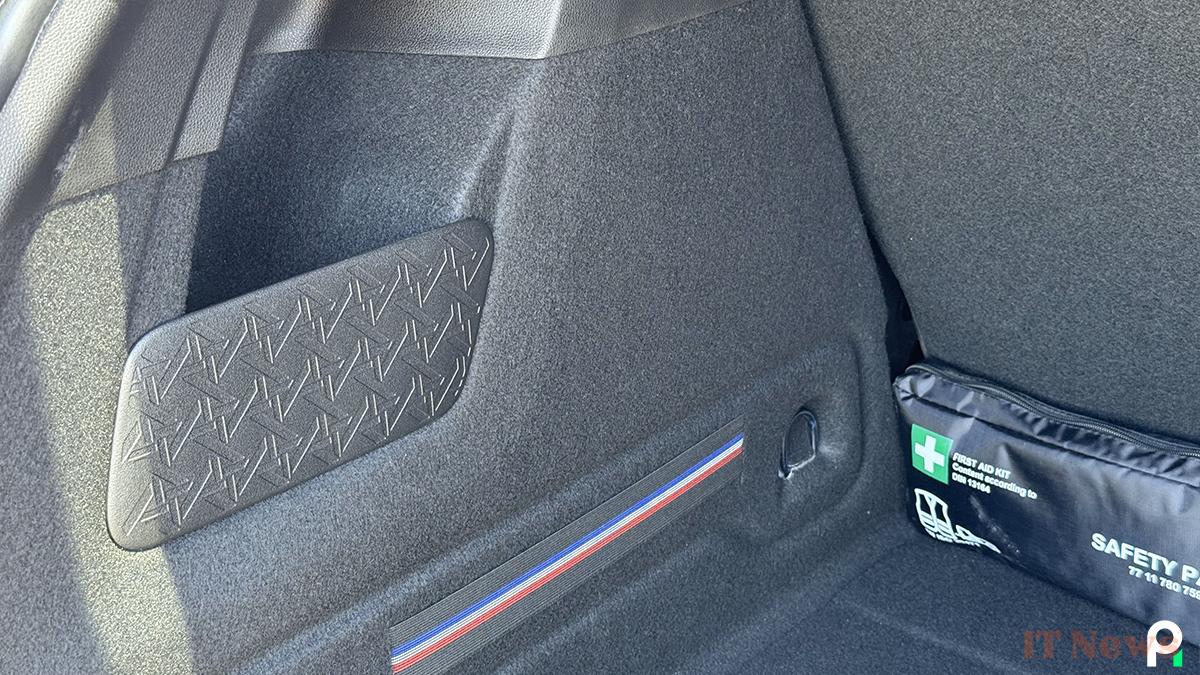
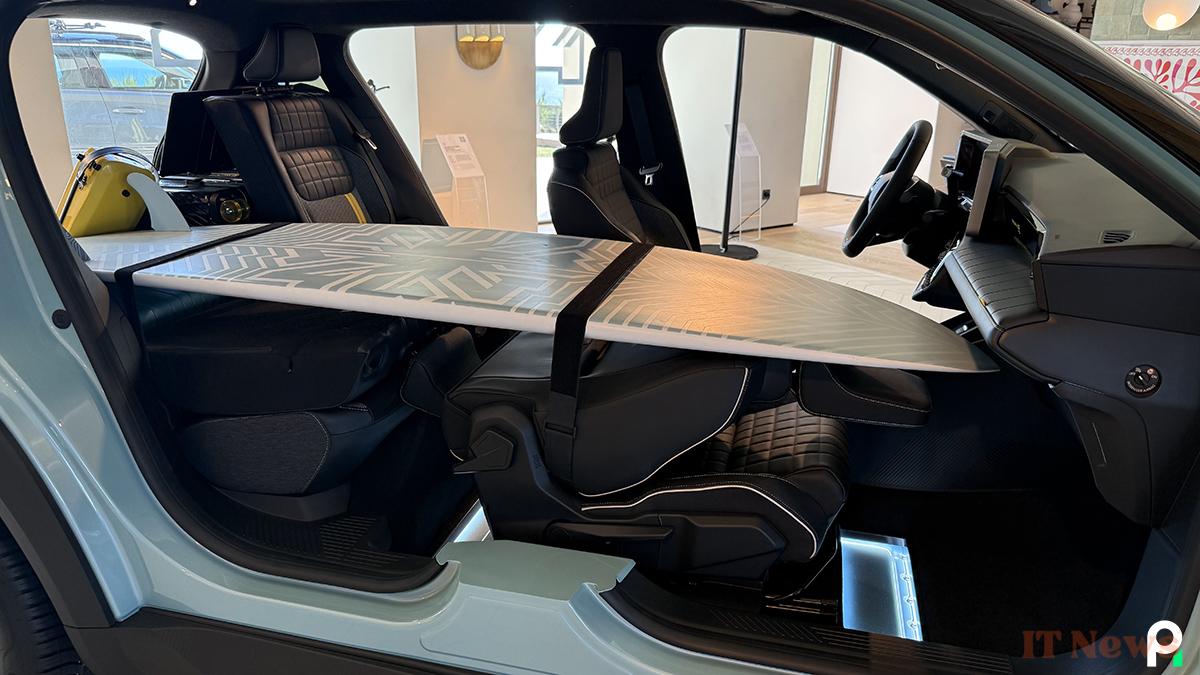
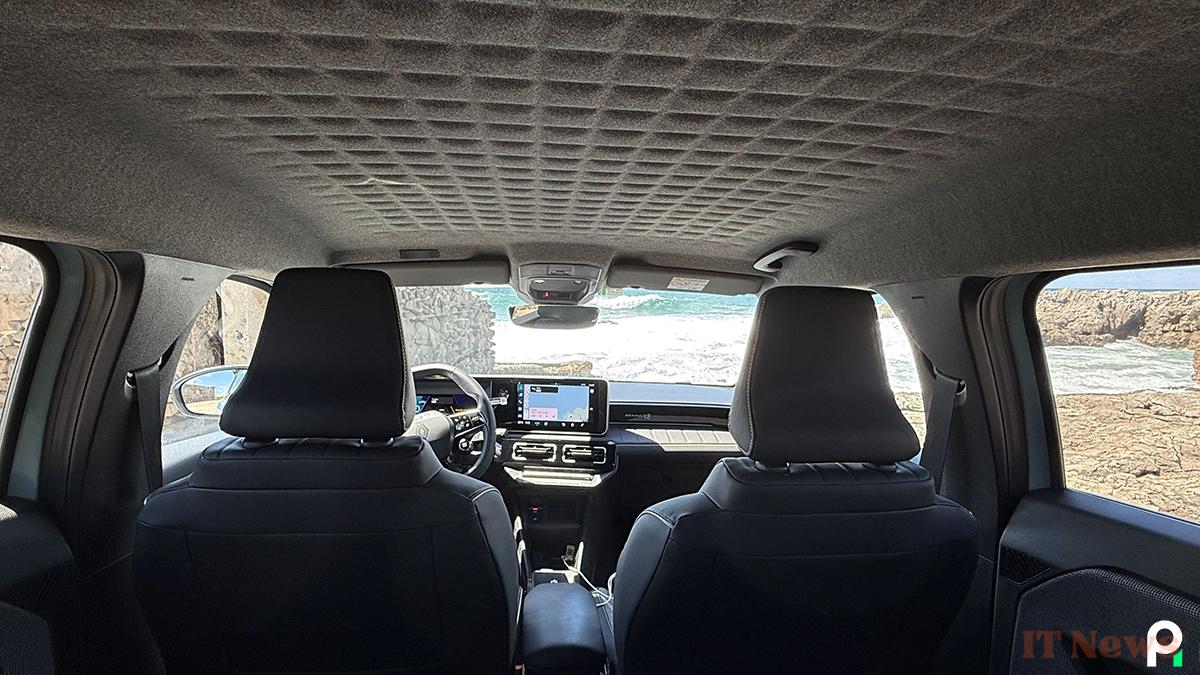
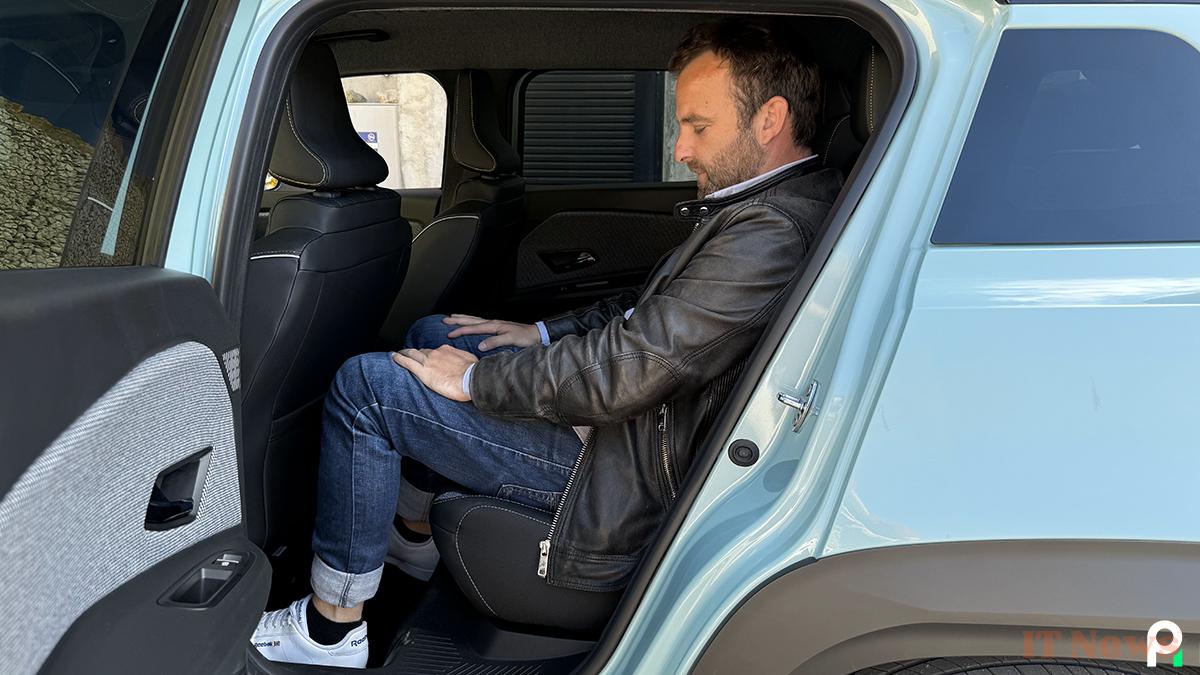
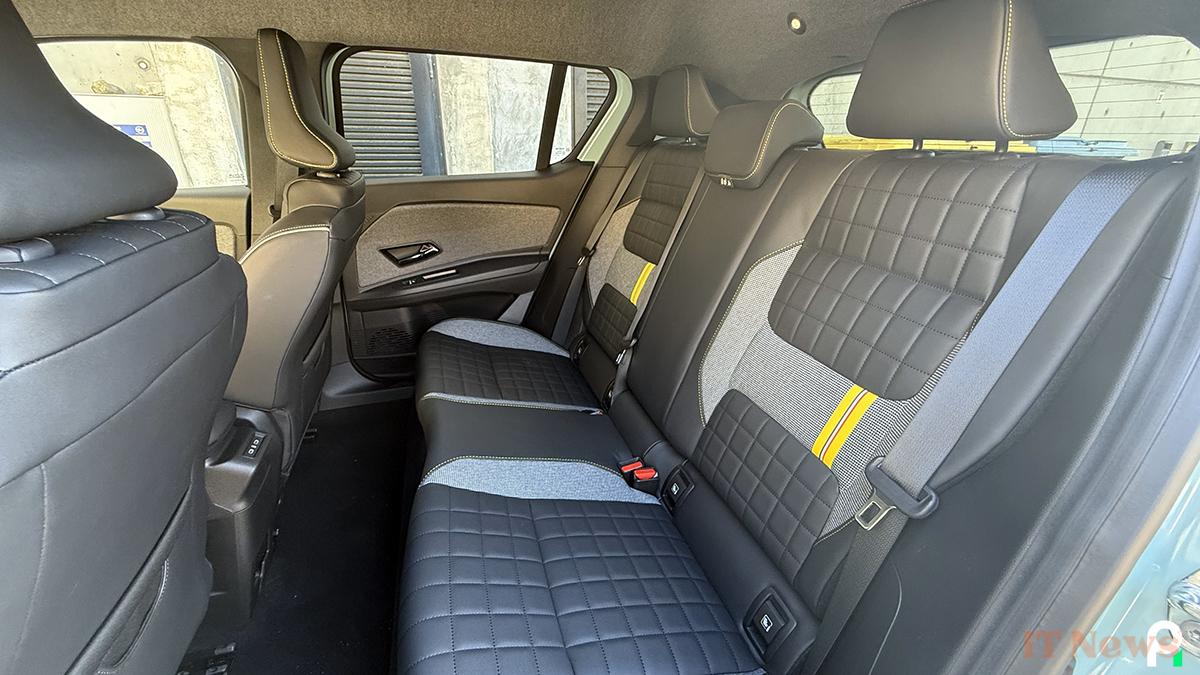
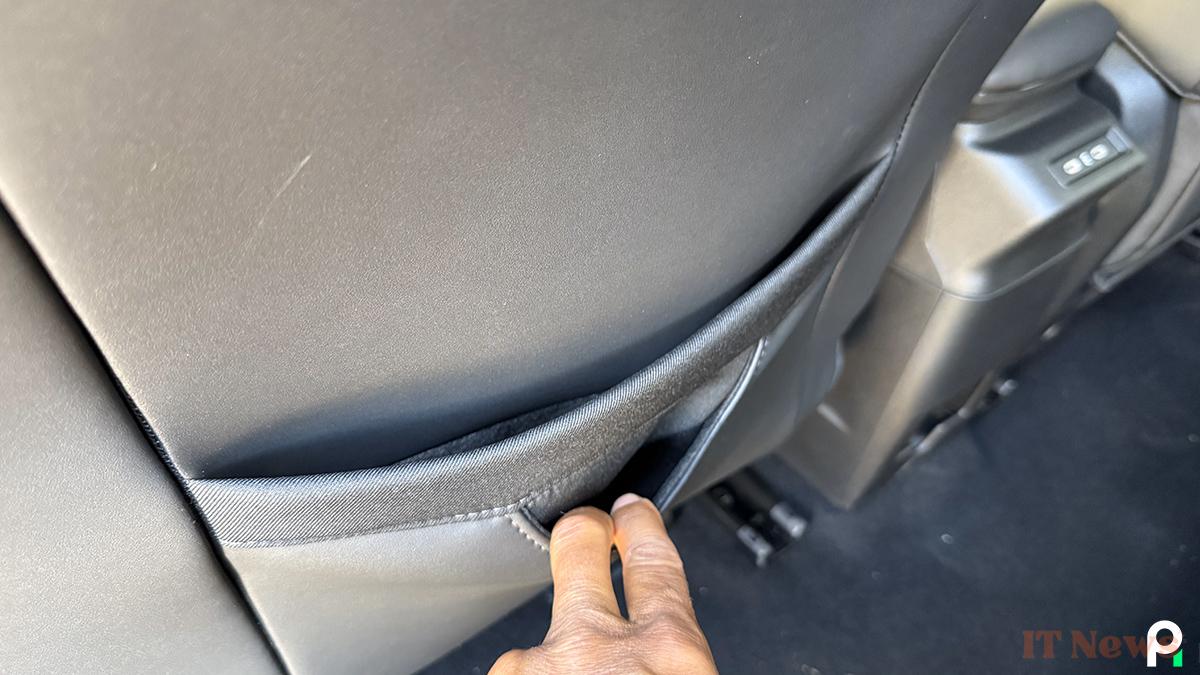
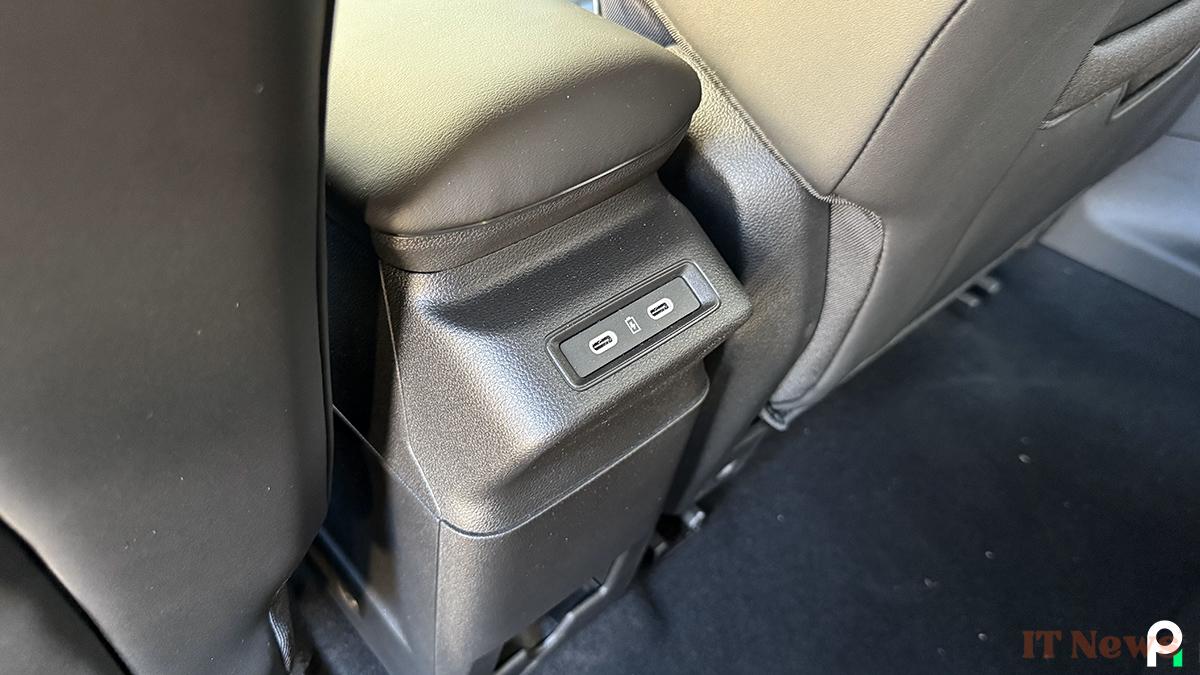
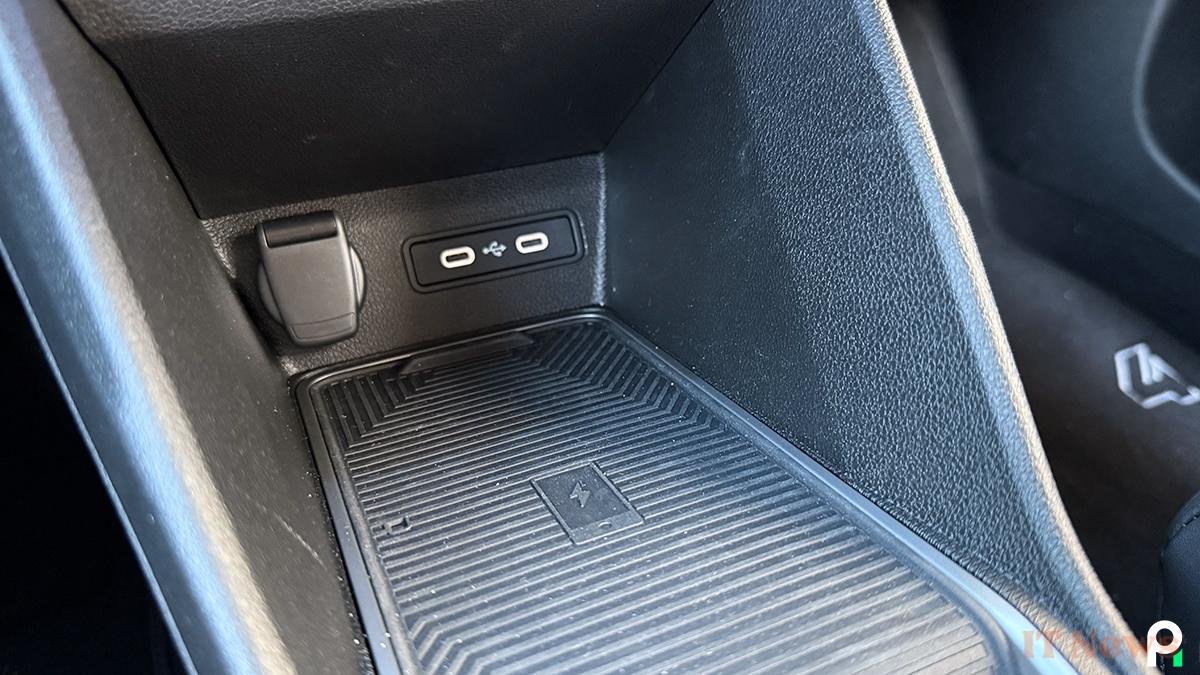
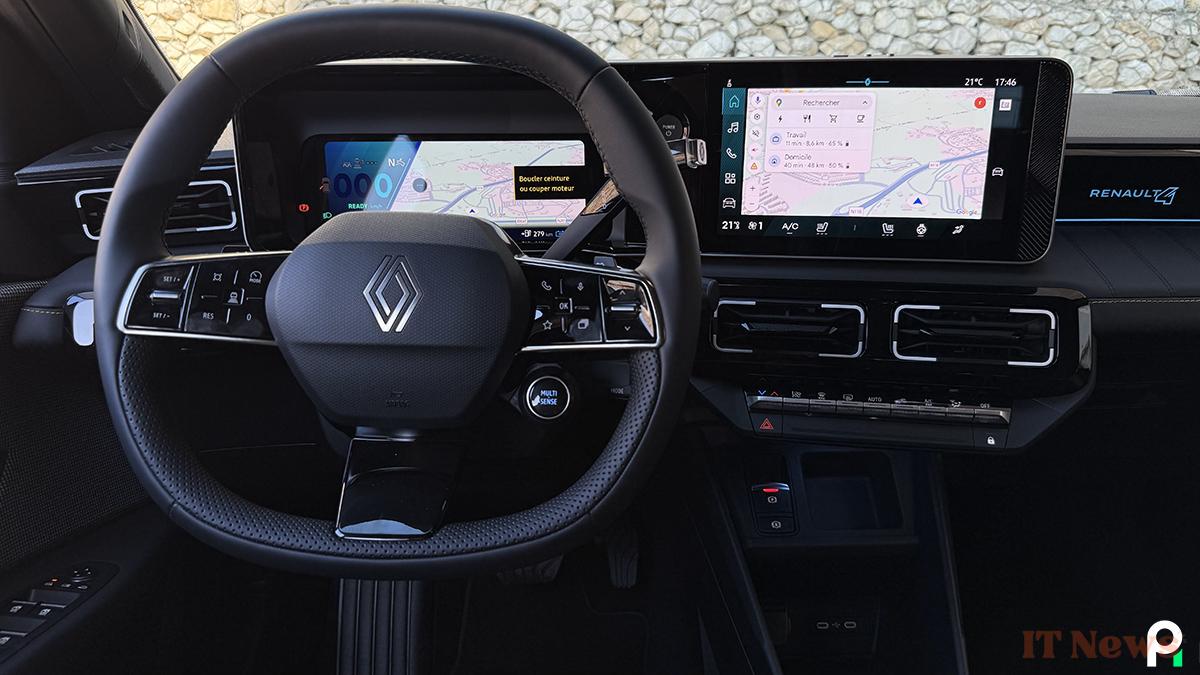
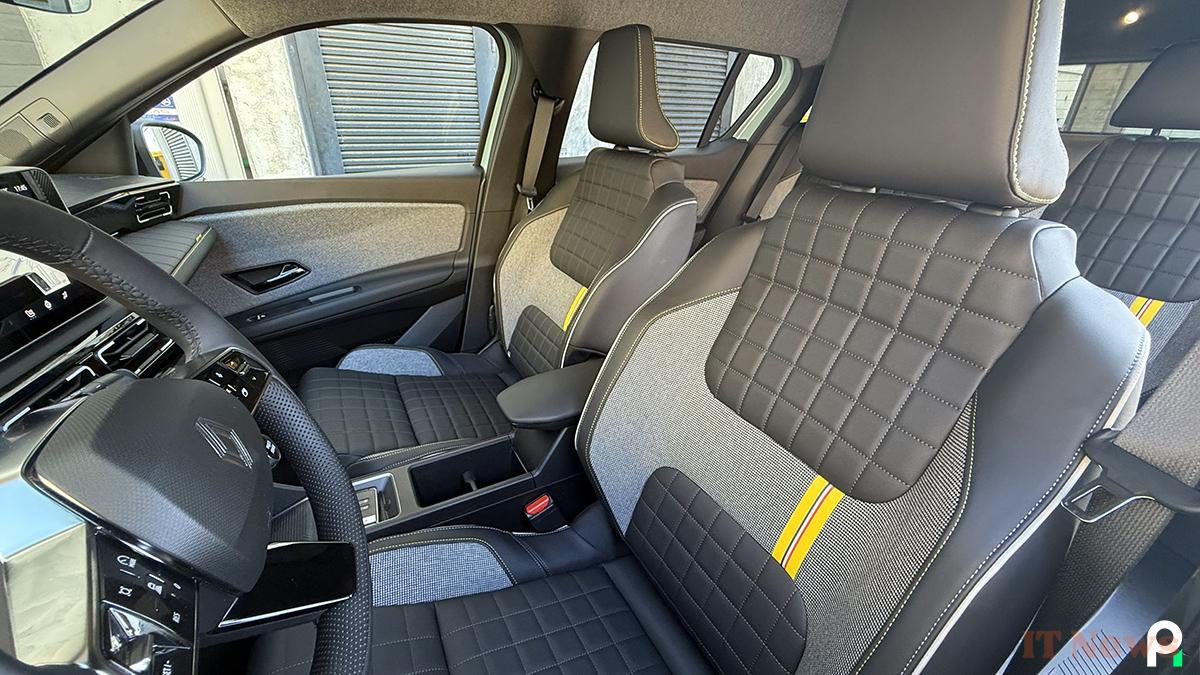
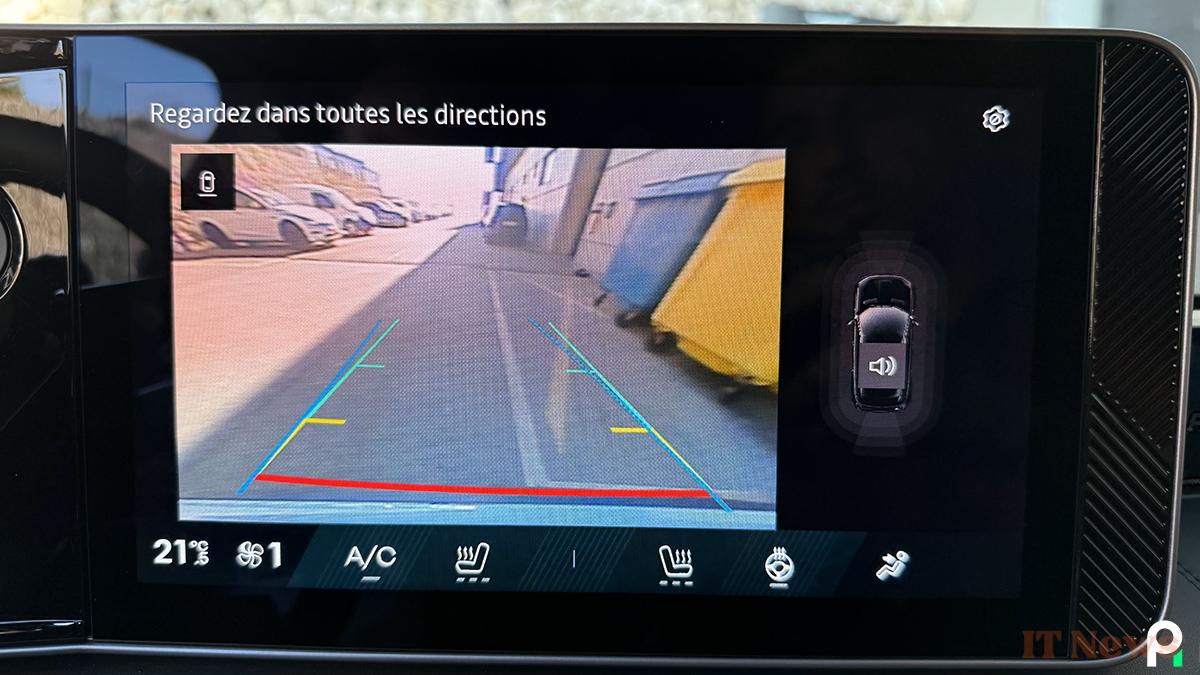
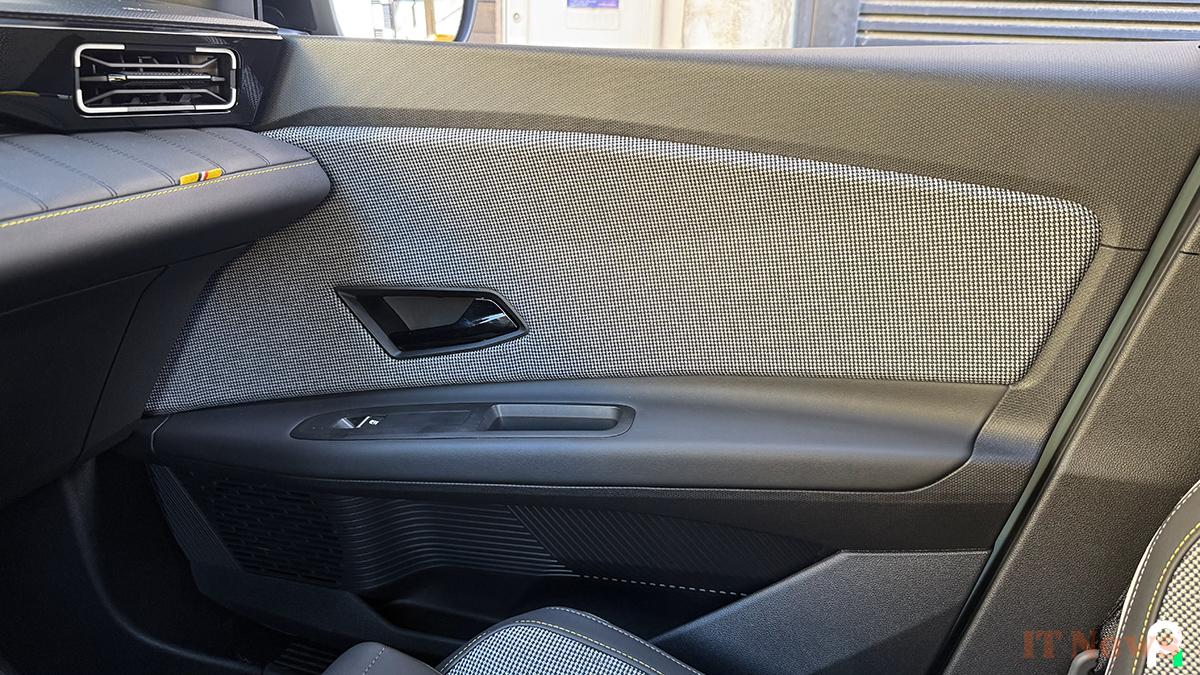
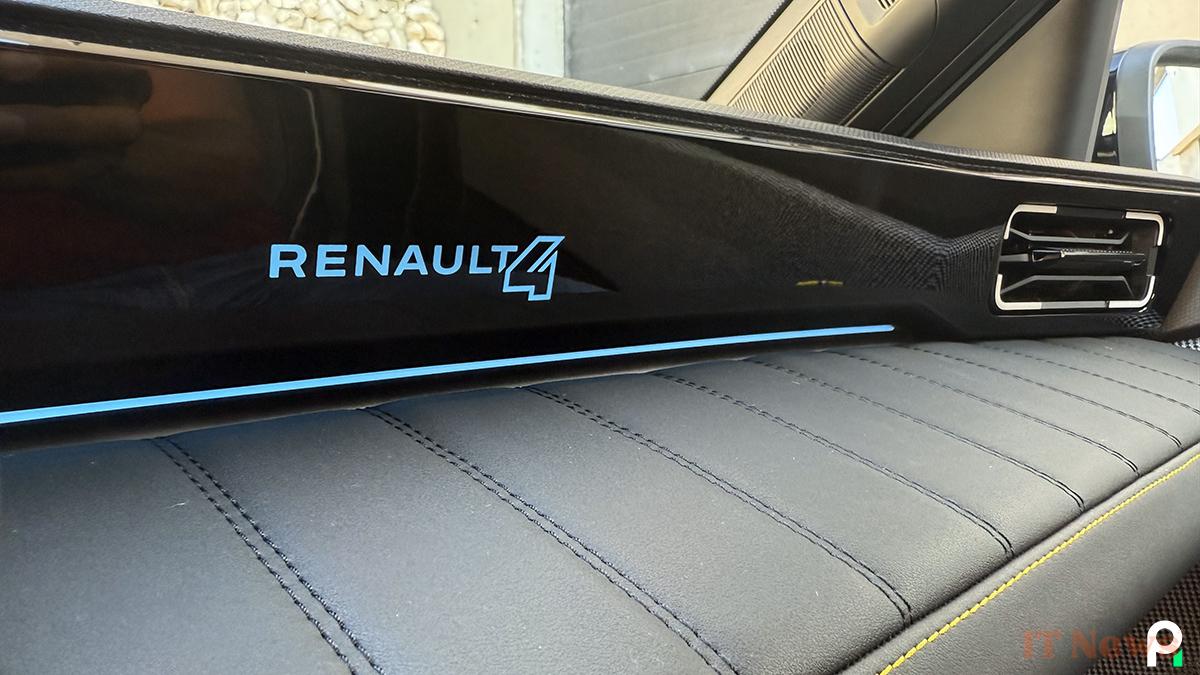
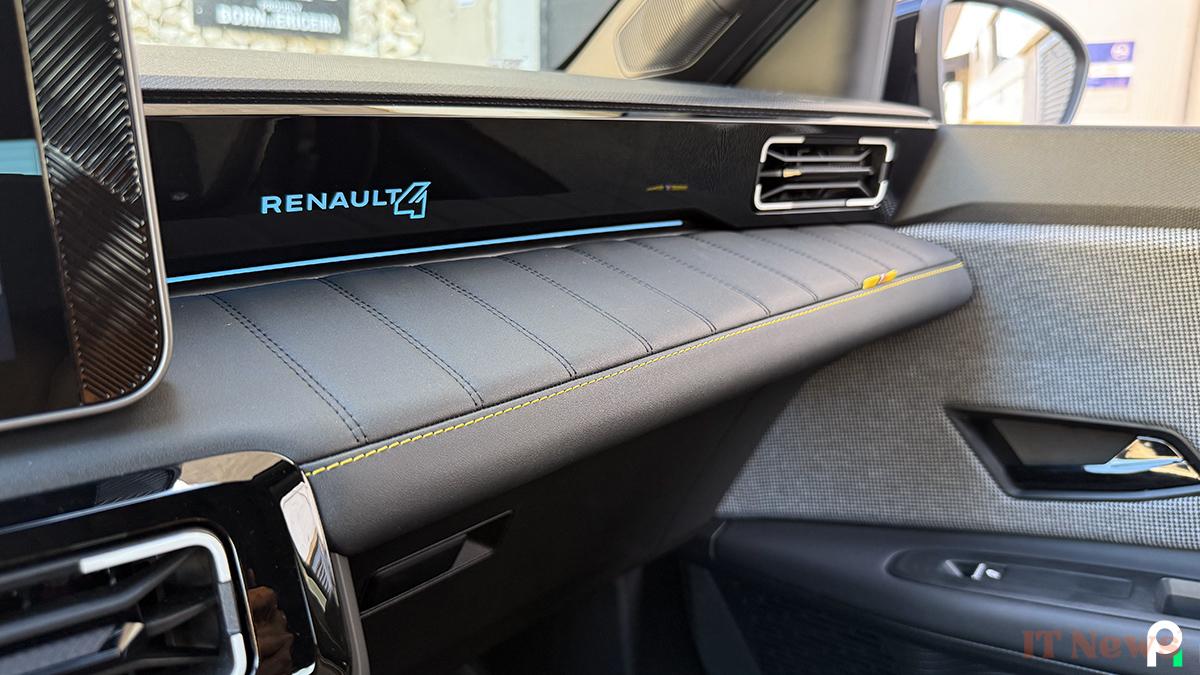
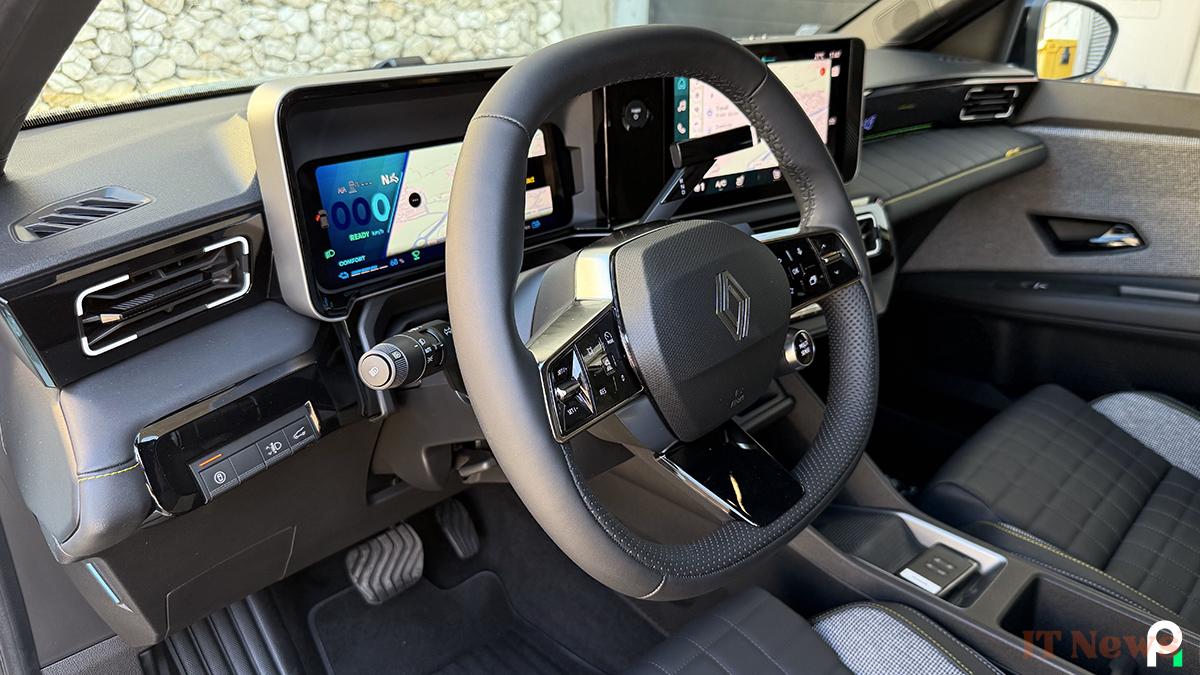
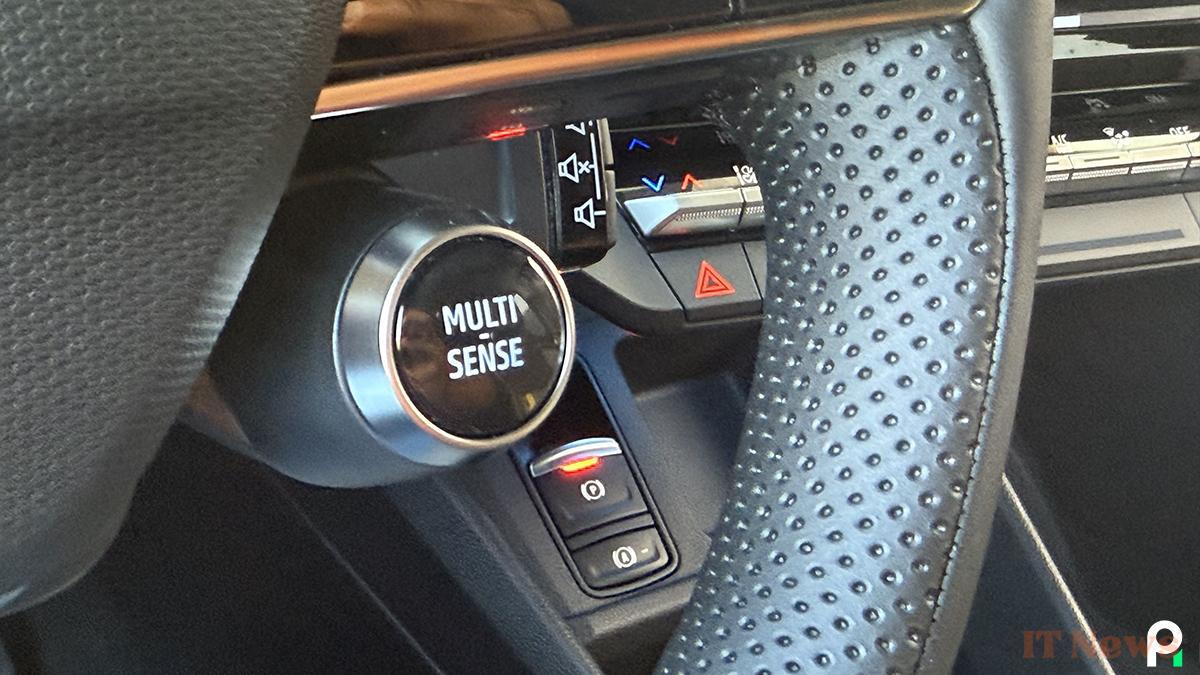
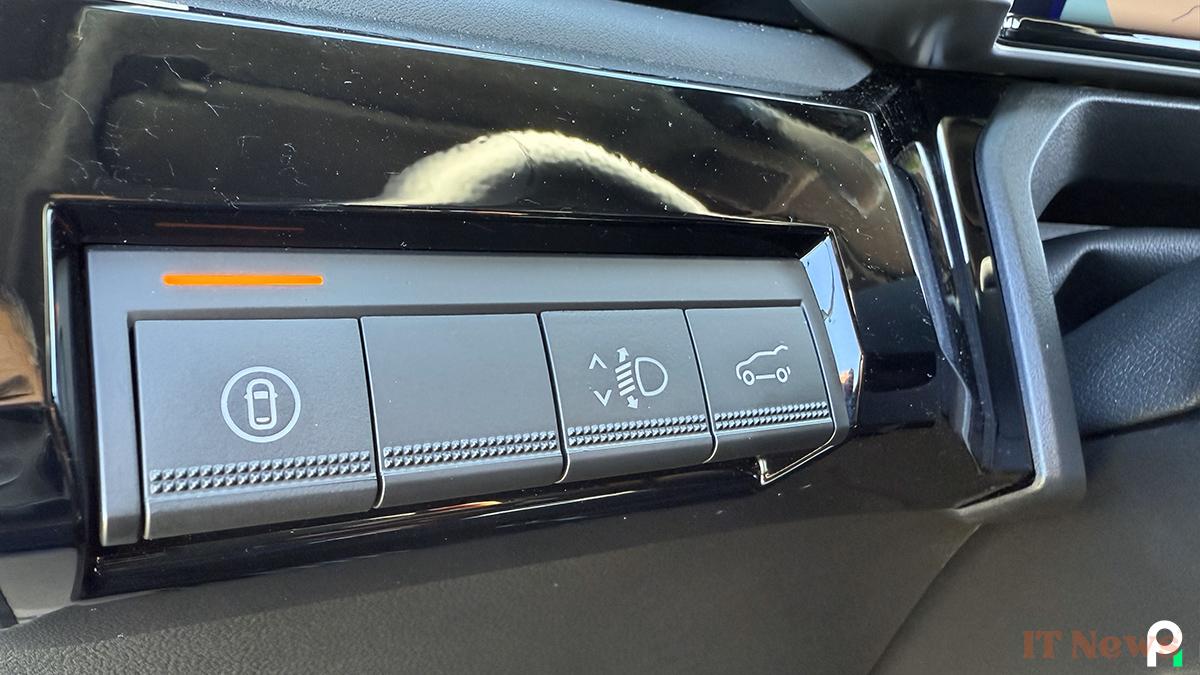
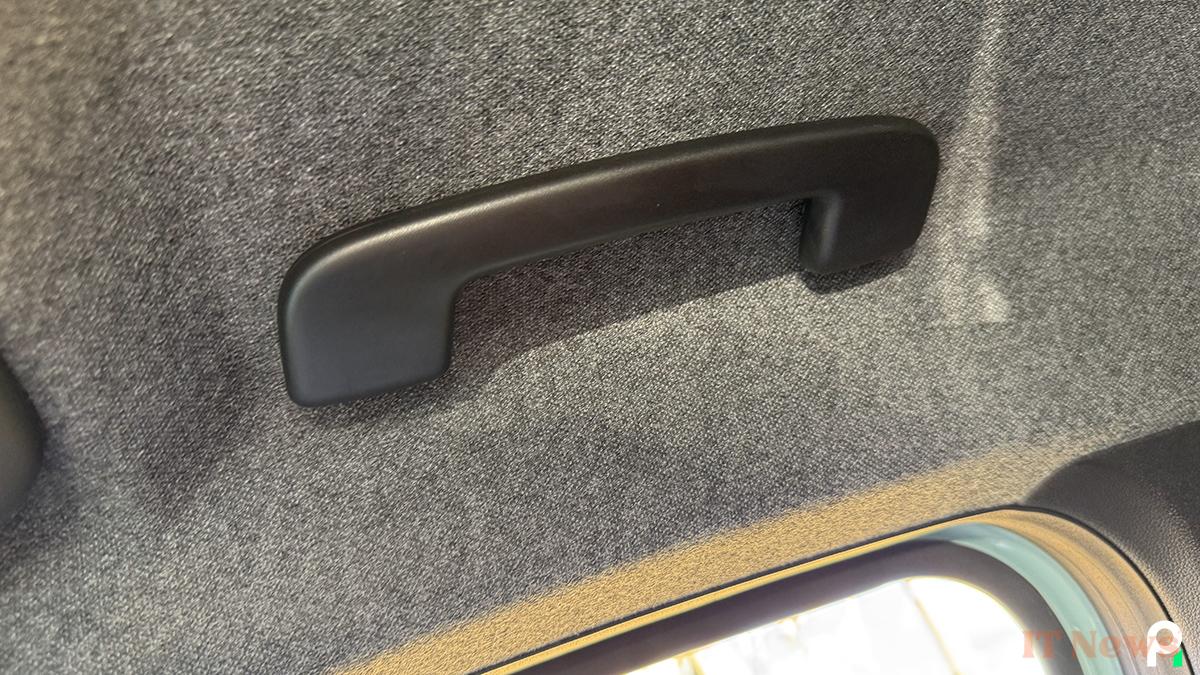
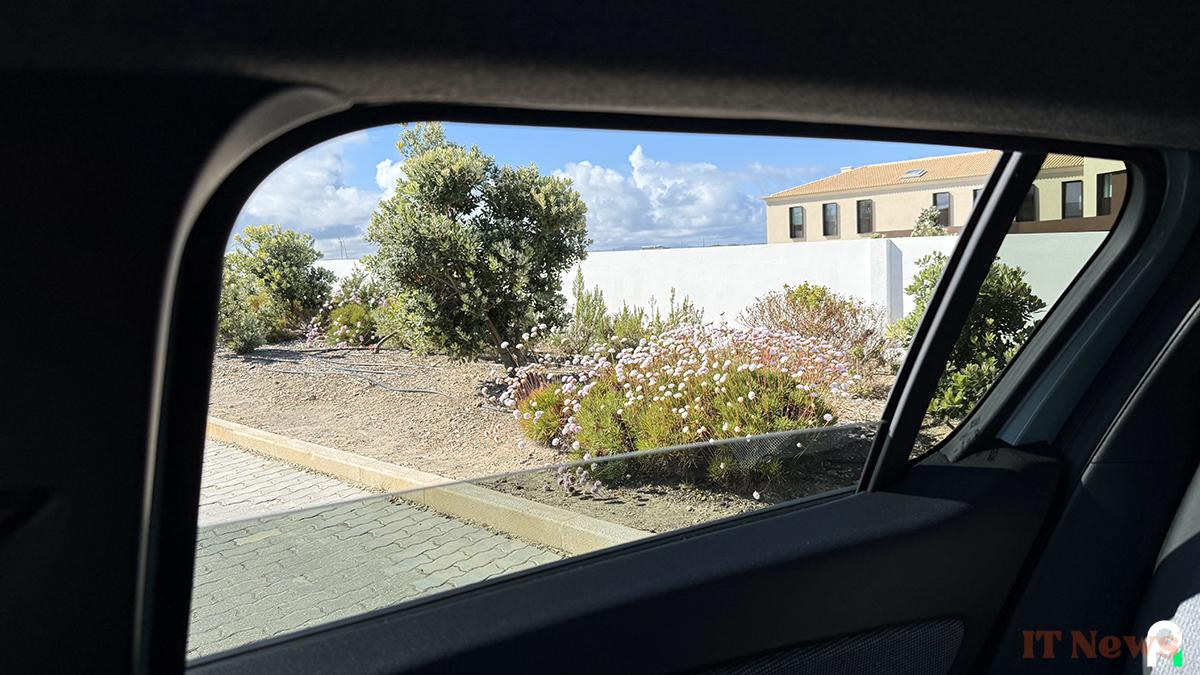
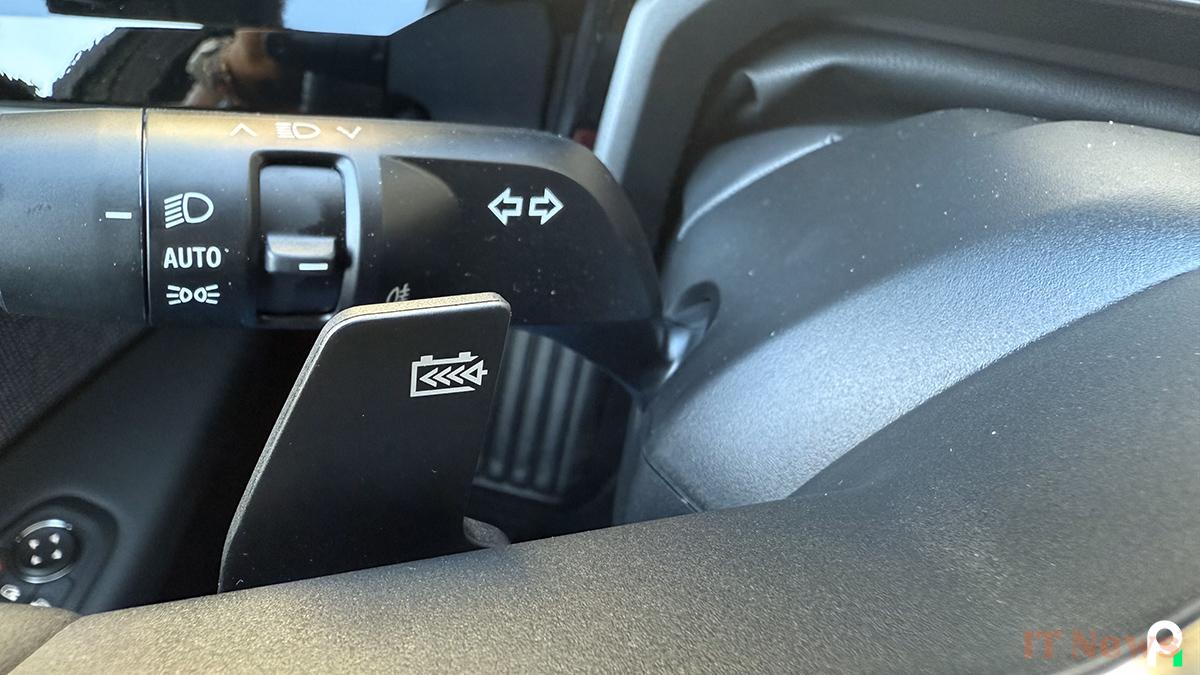
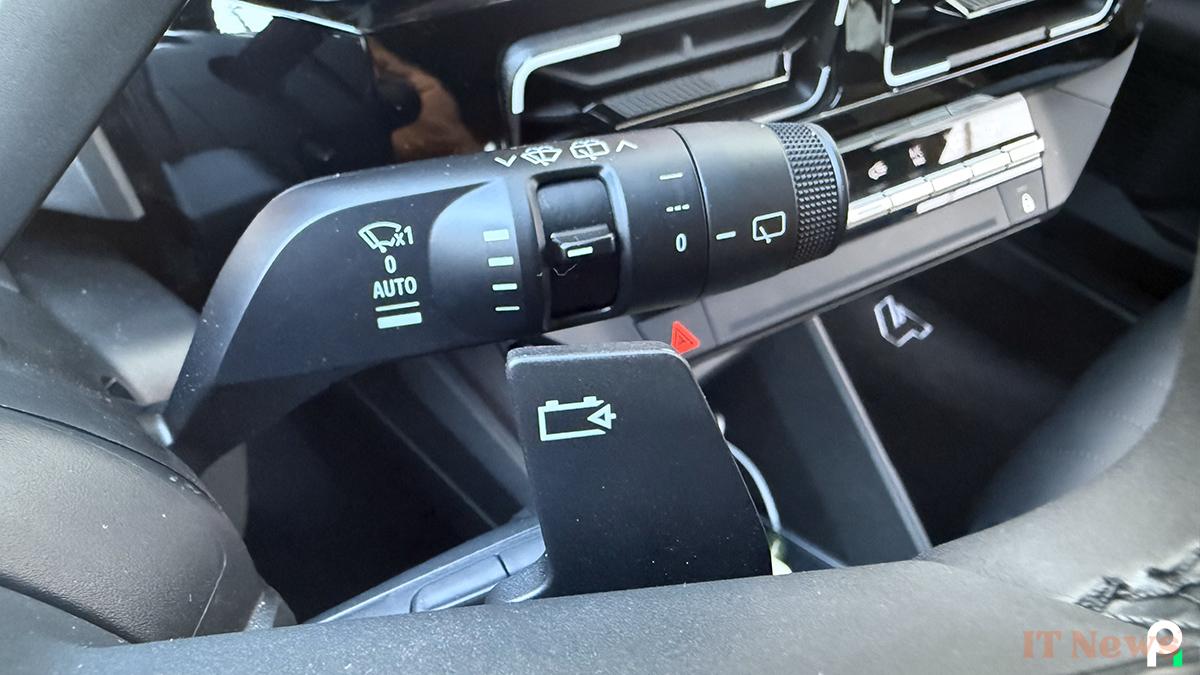
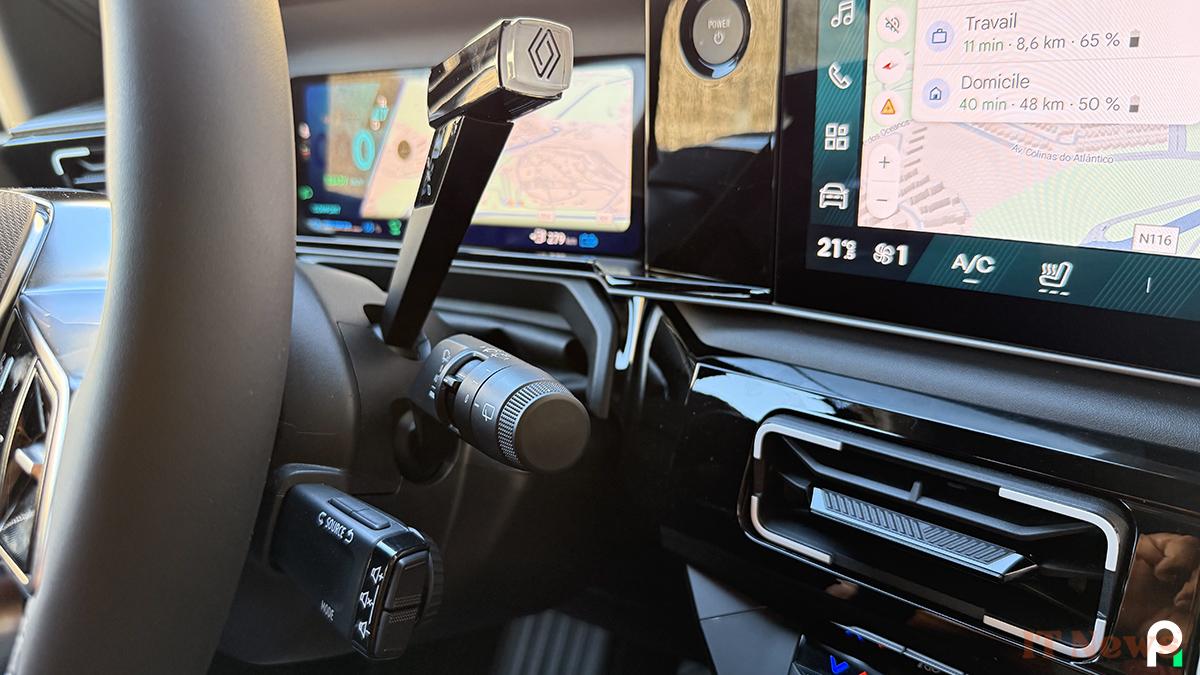
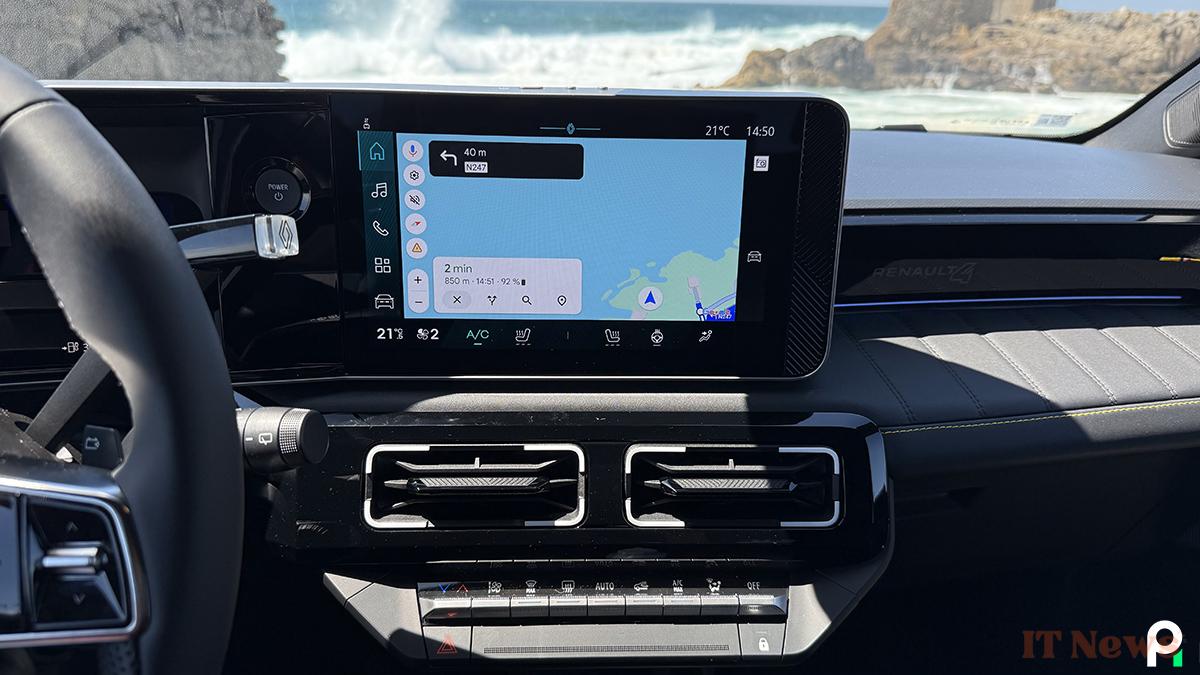
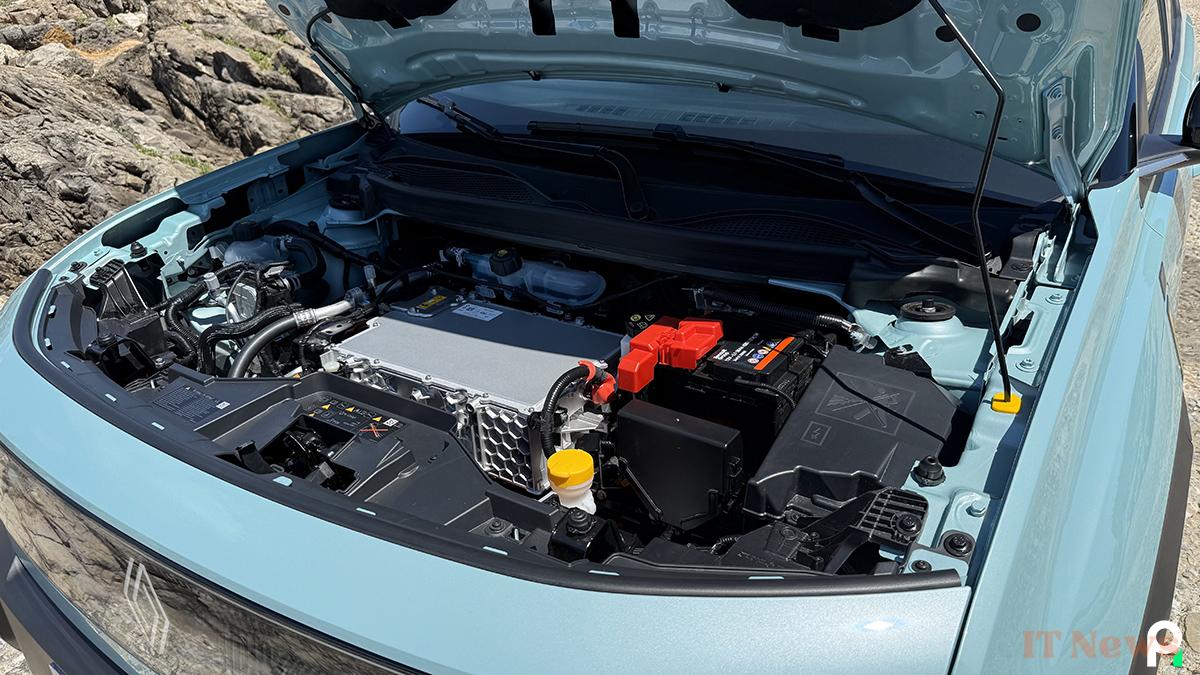
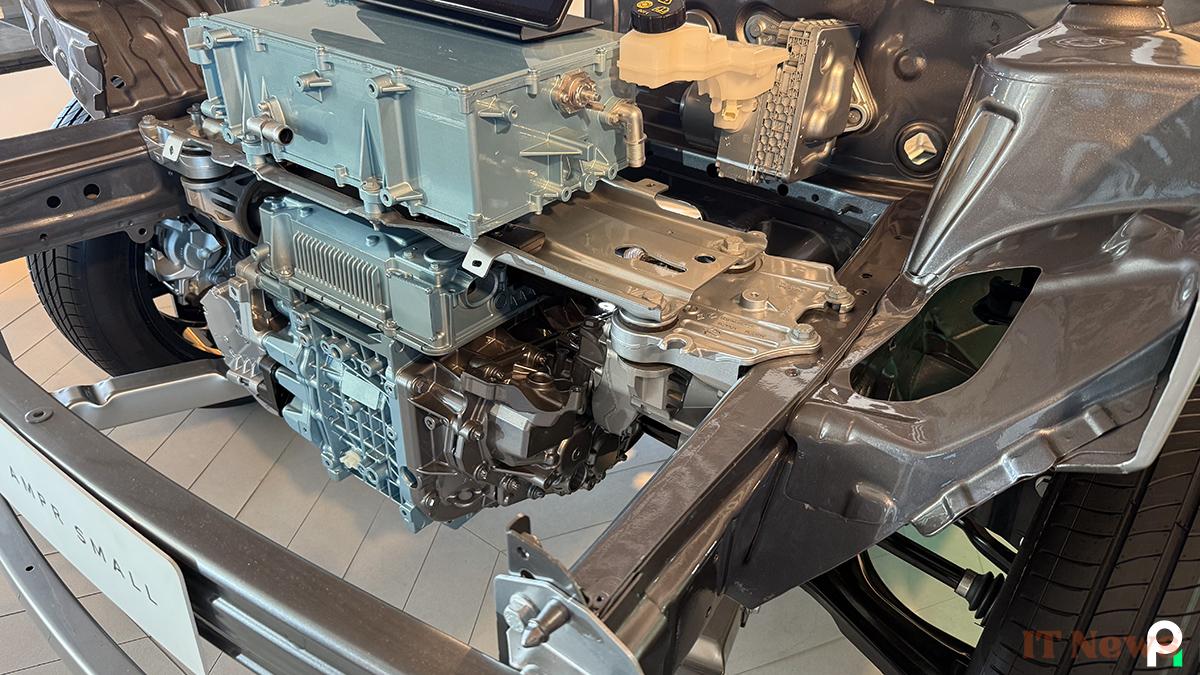
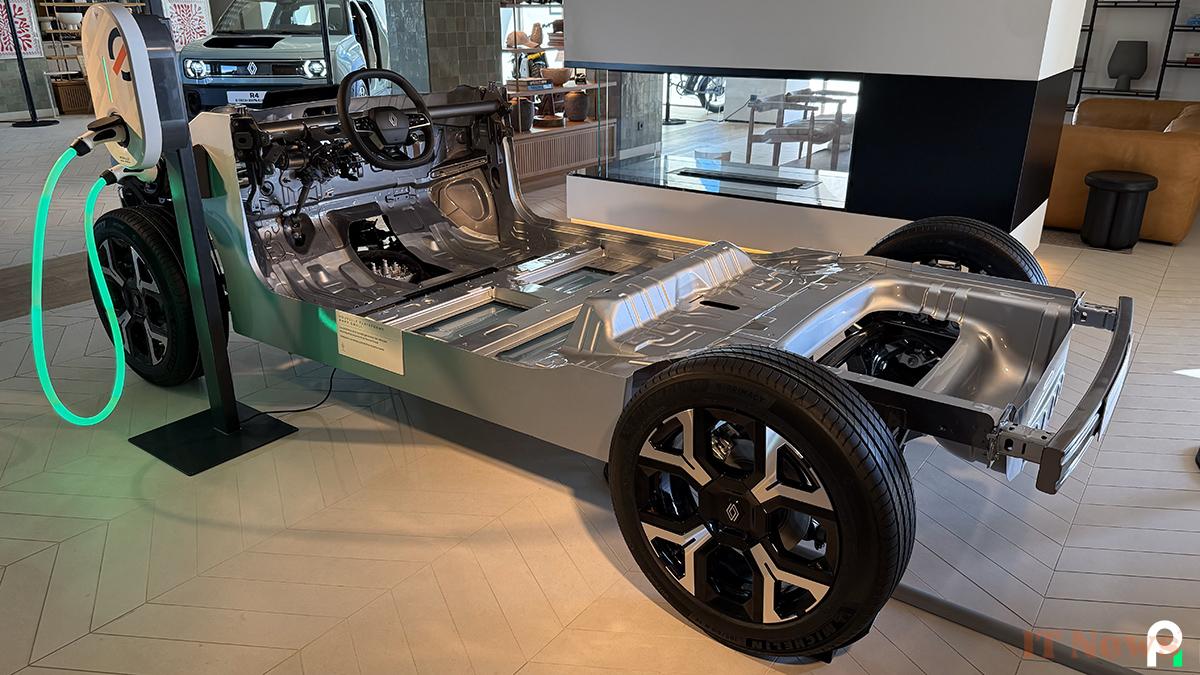
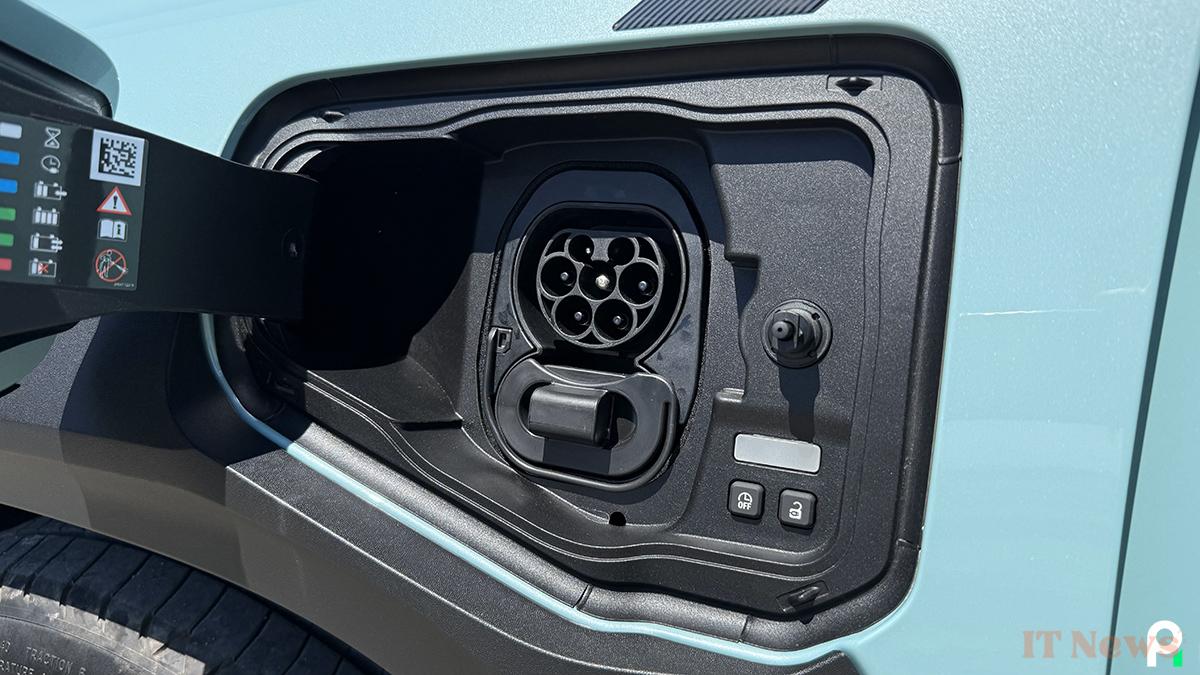
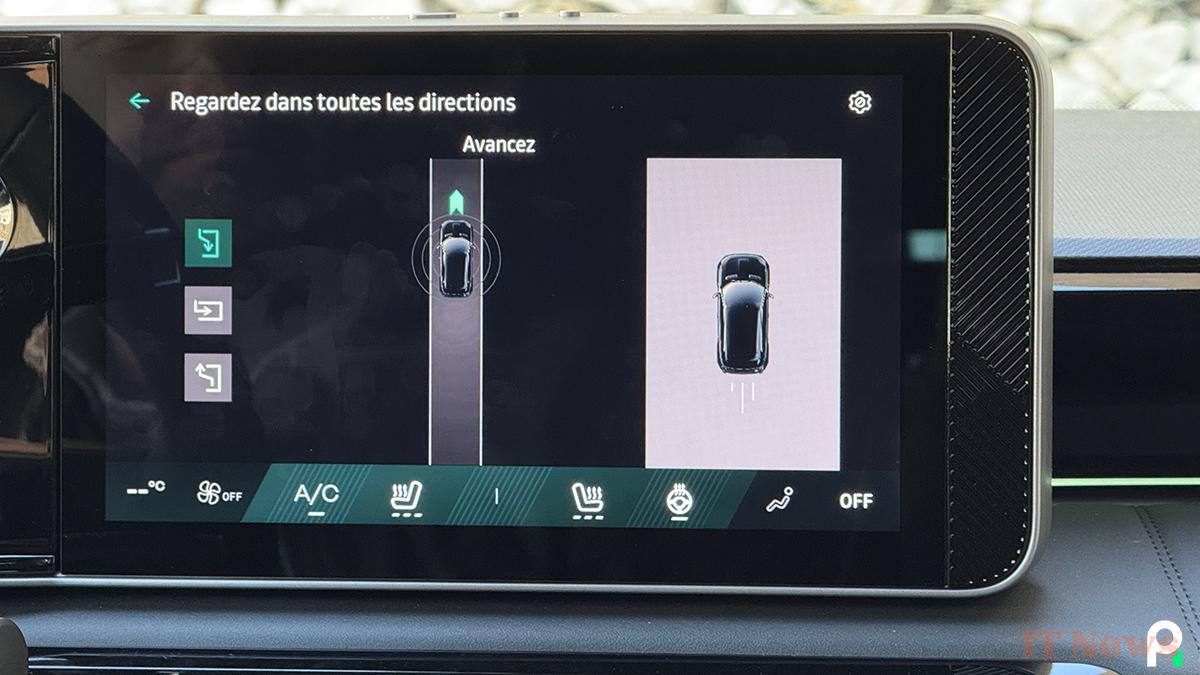
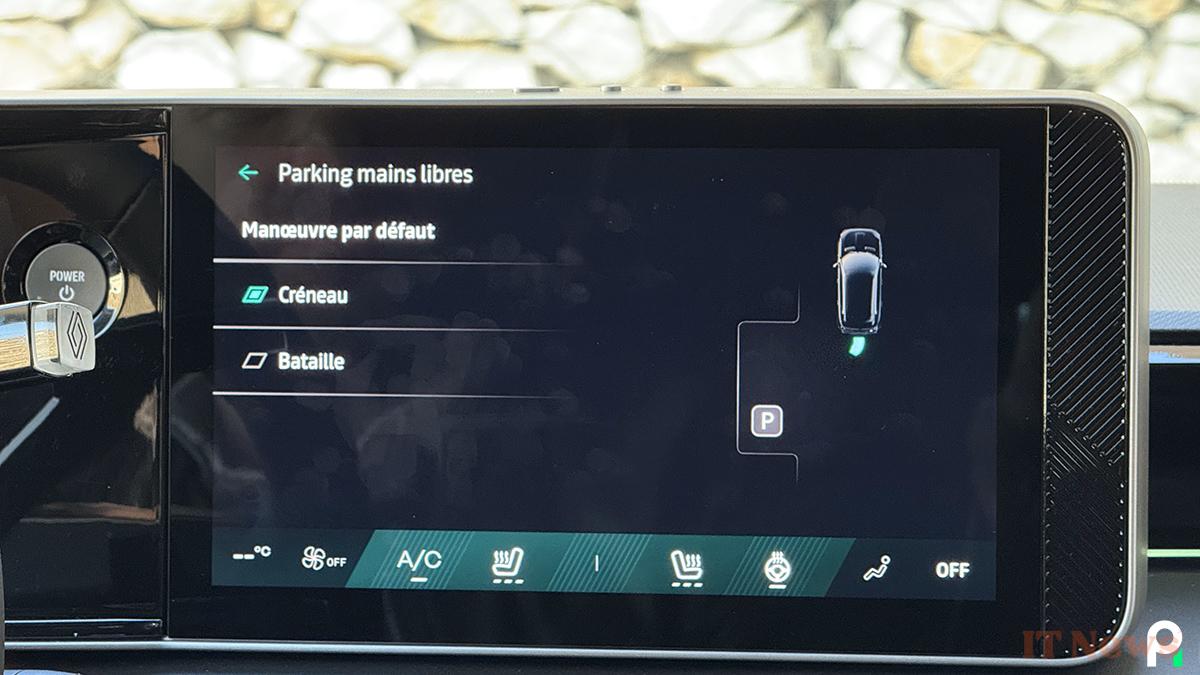
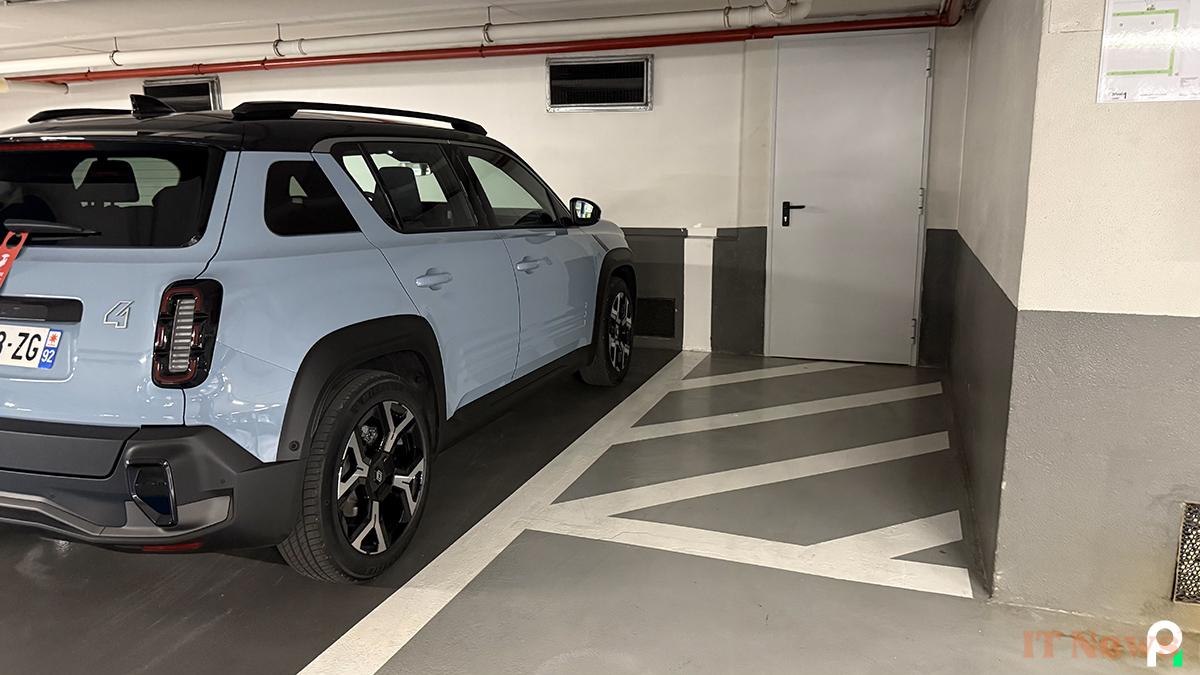
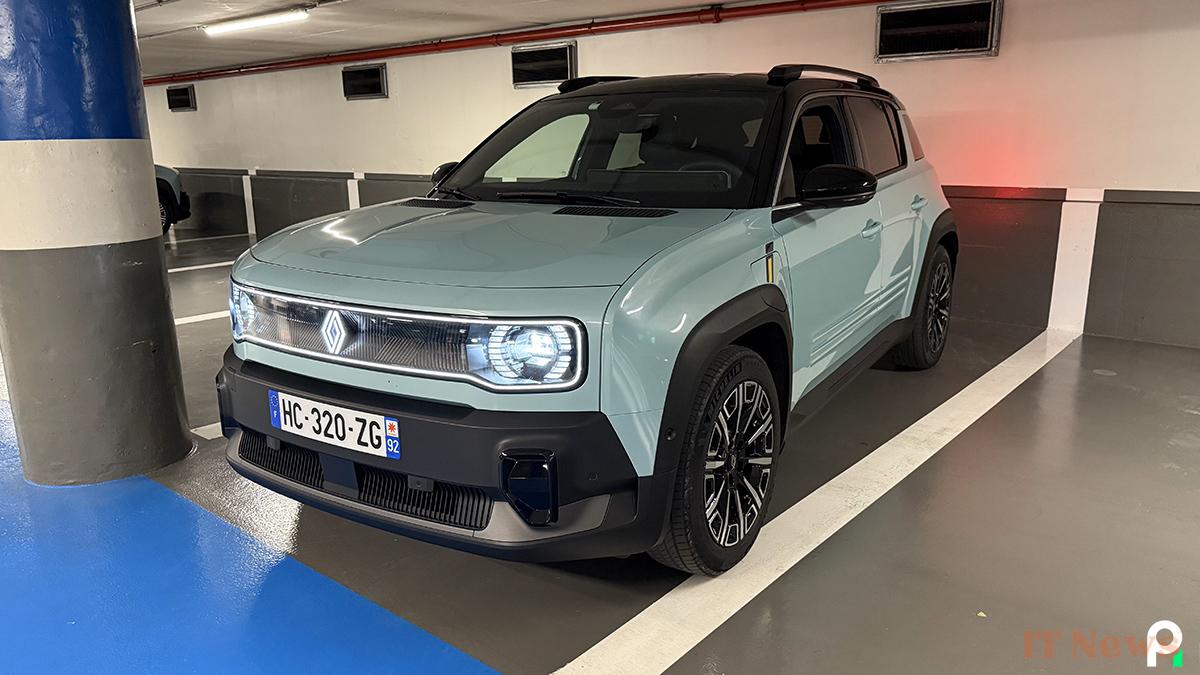
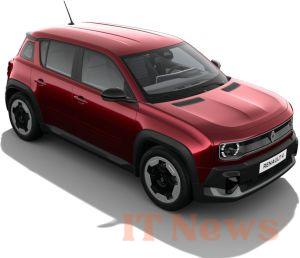


0 Comments